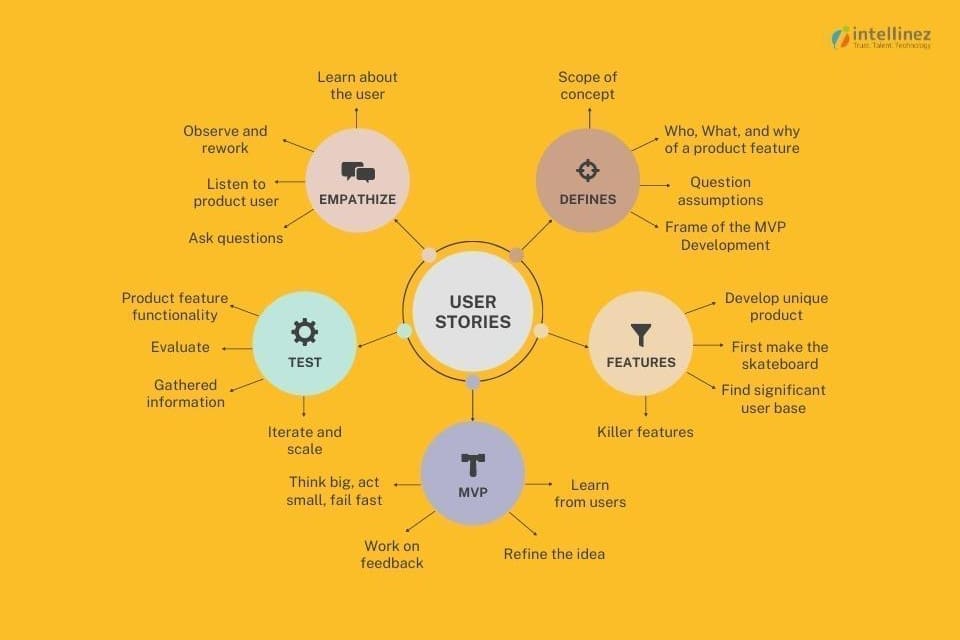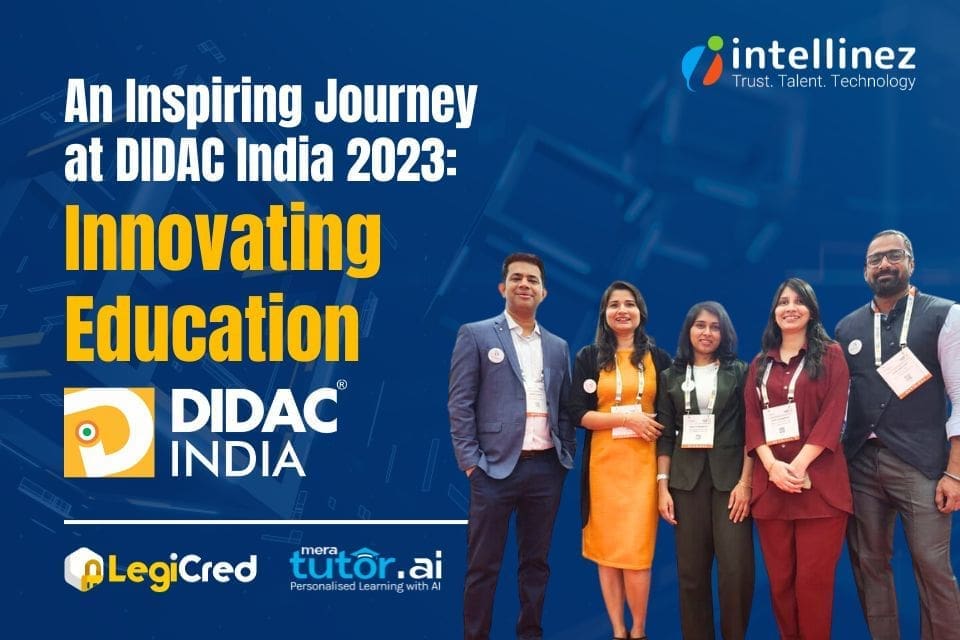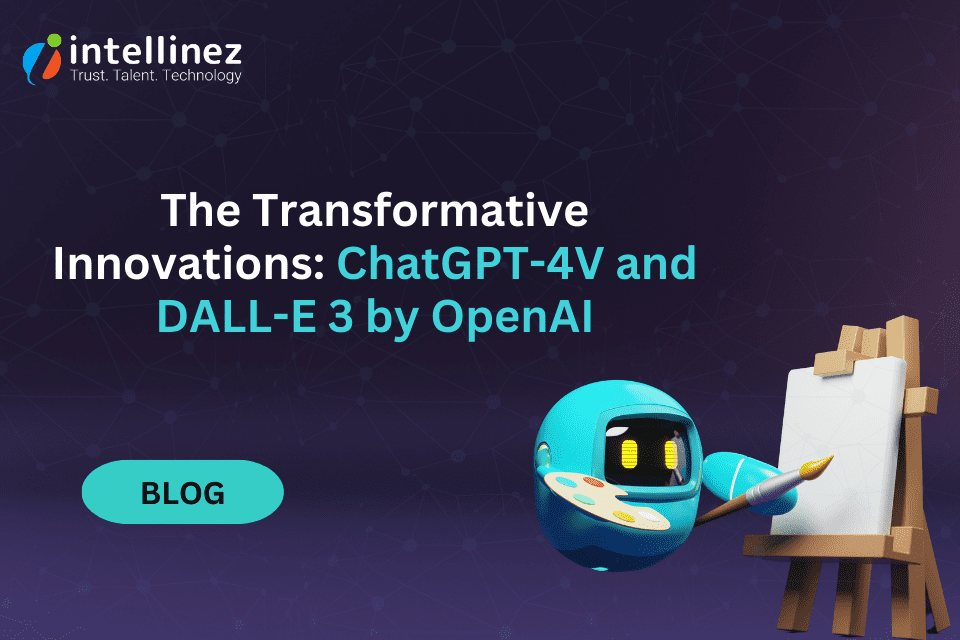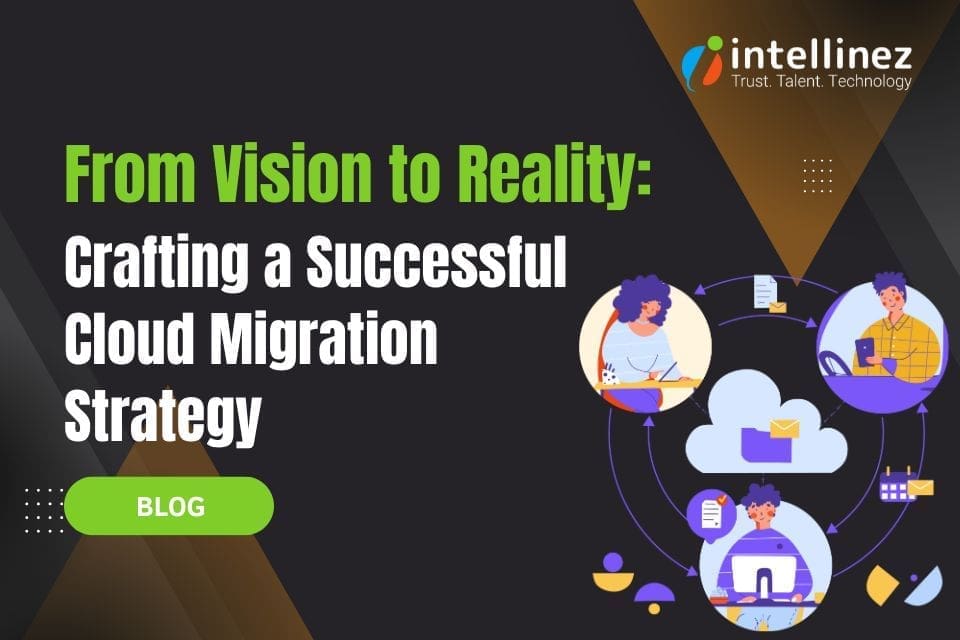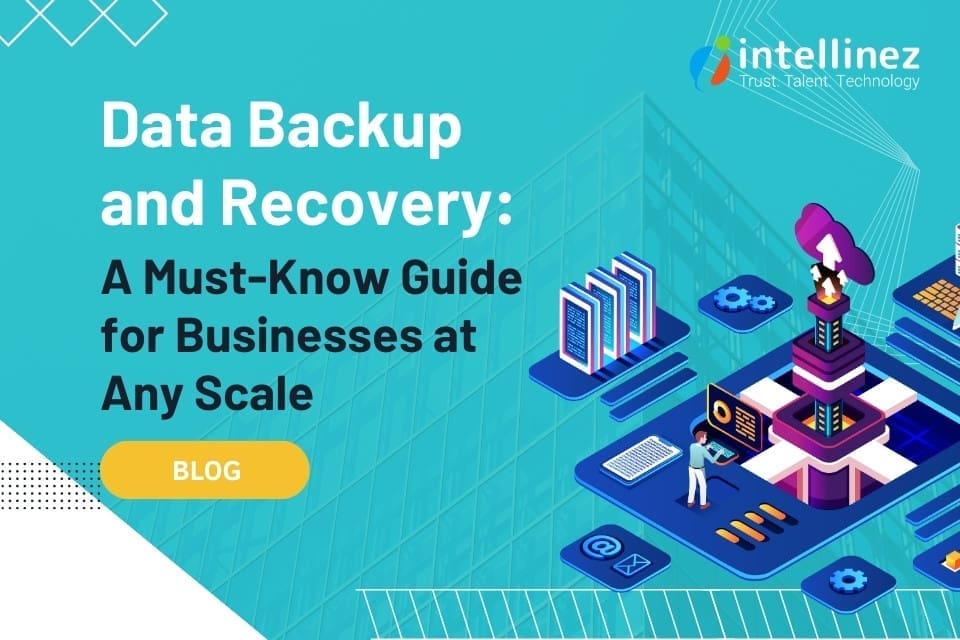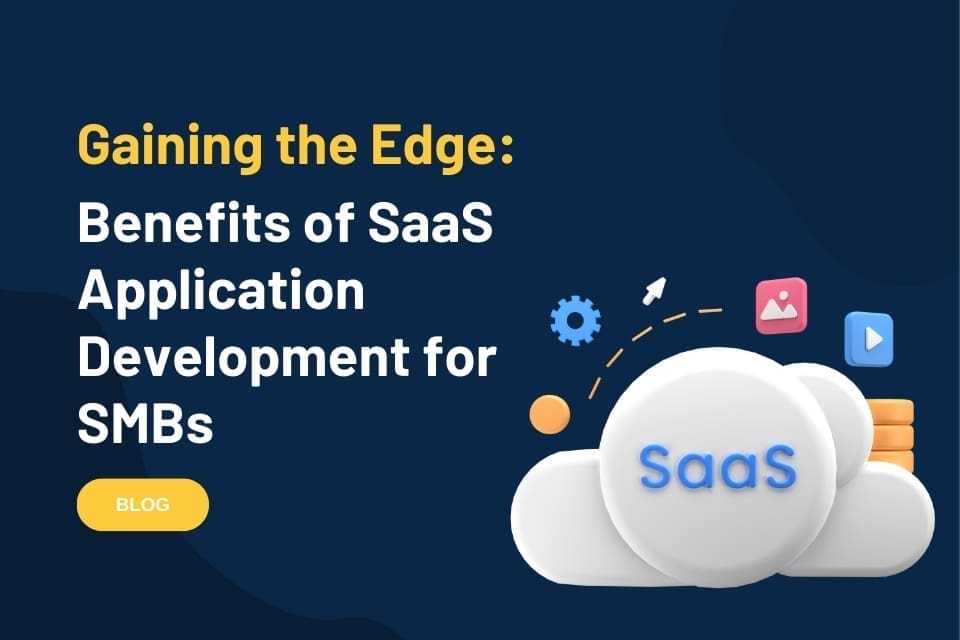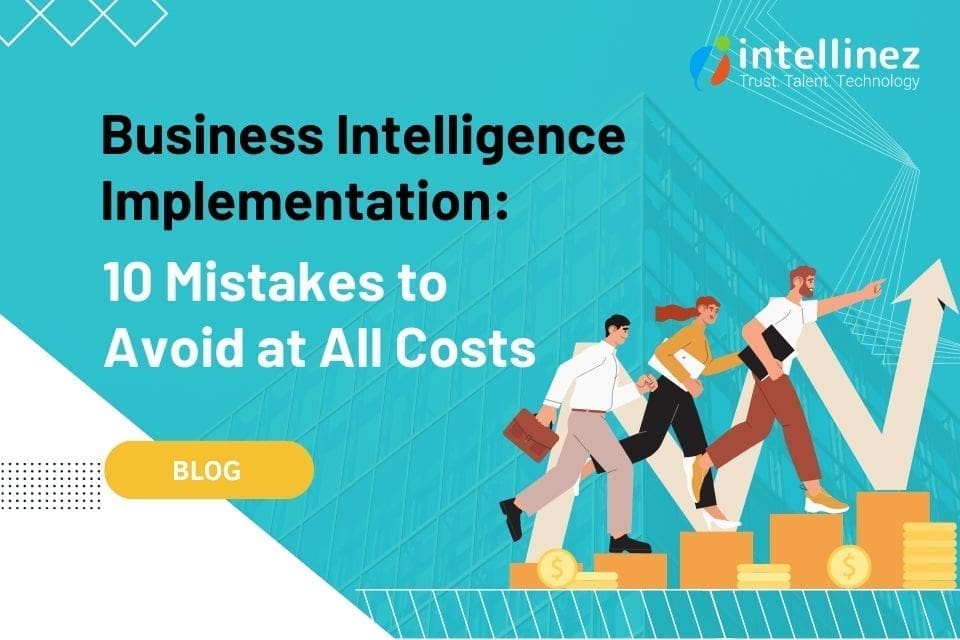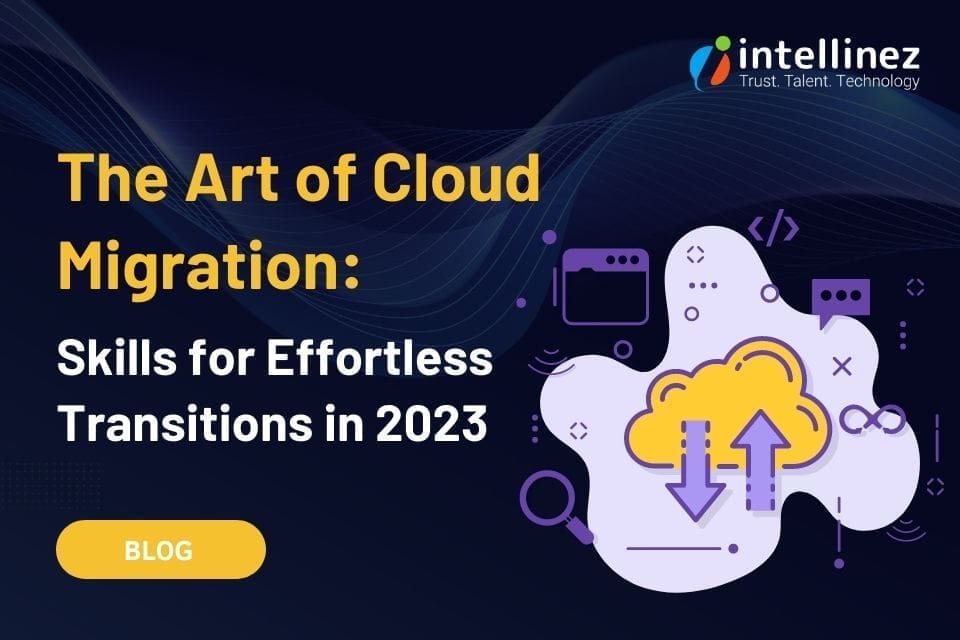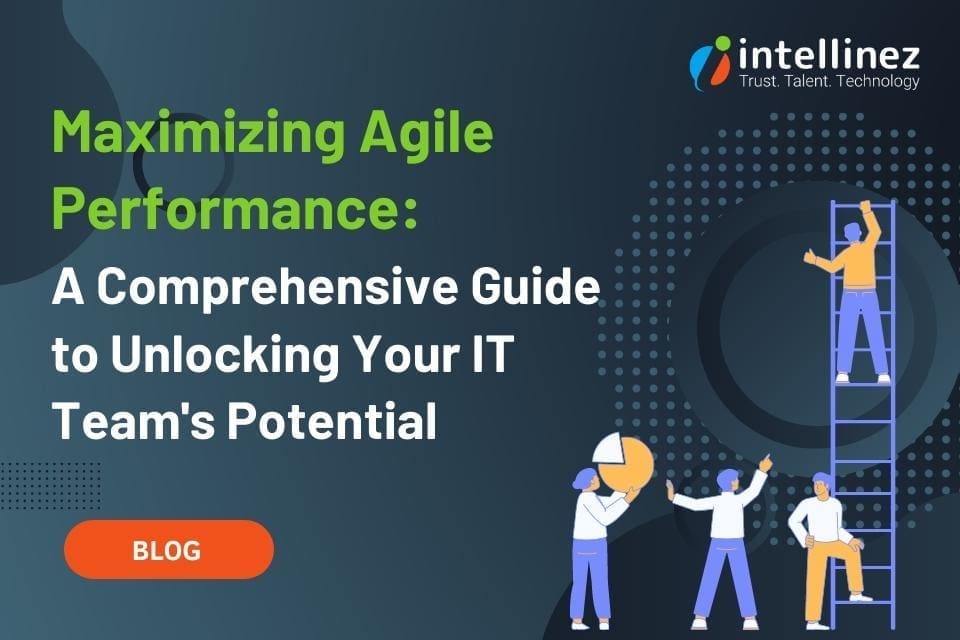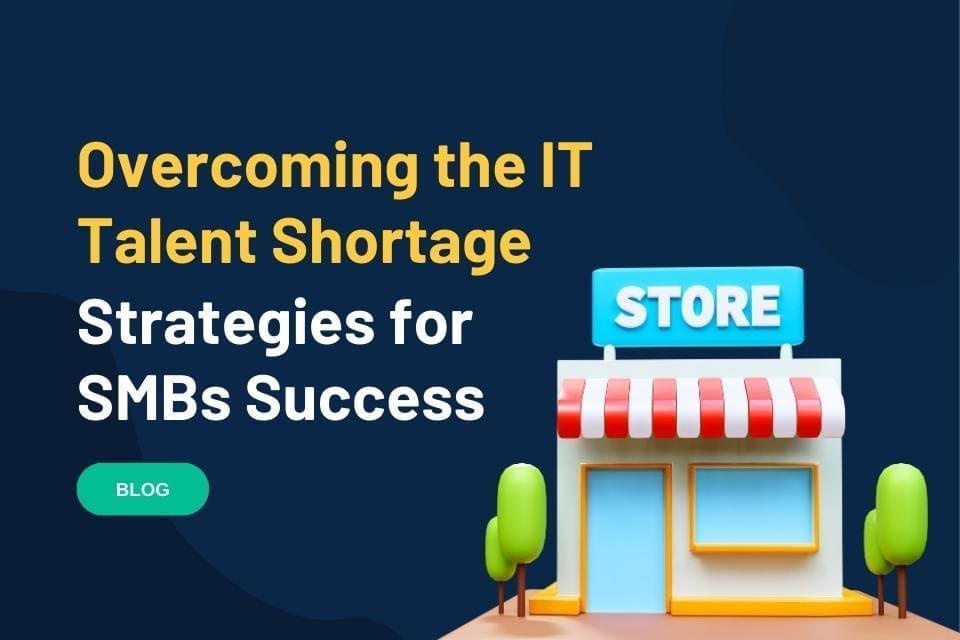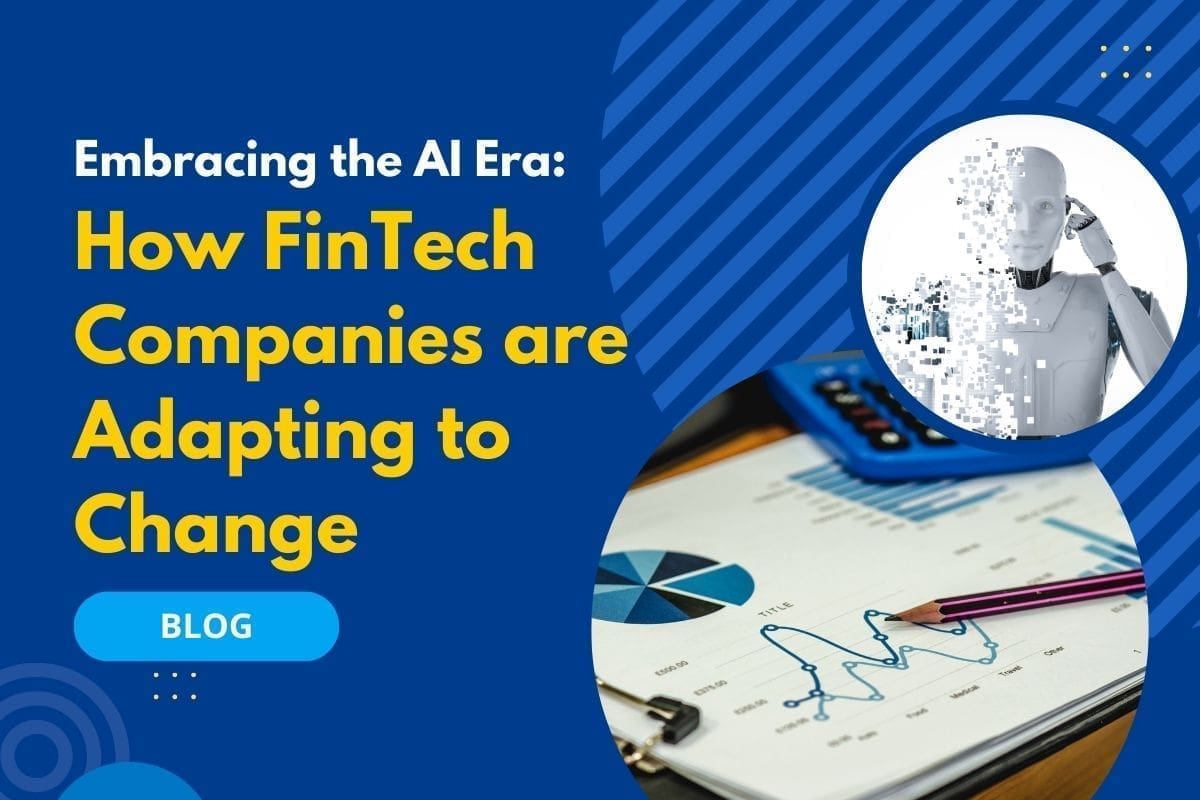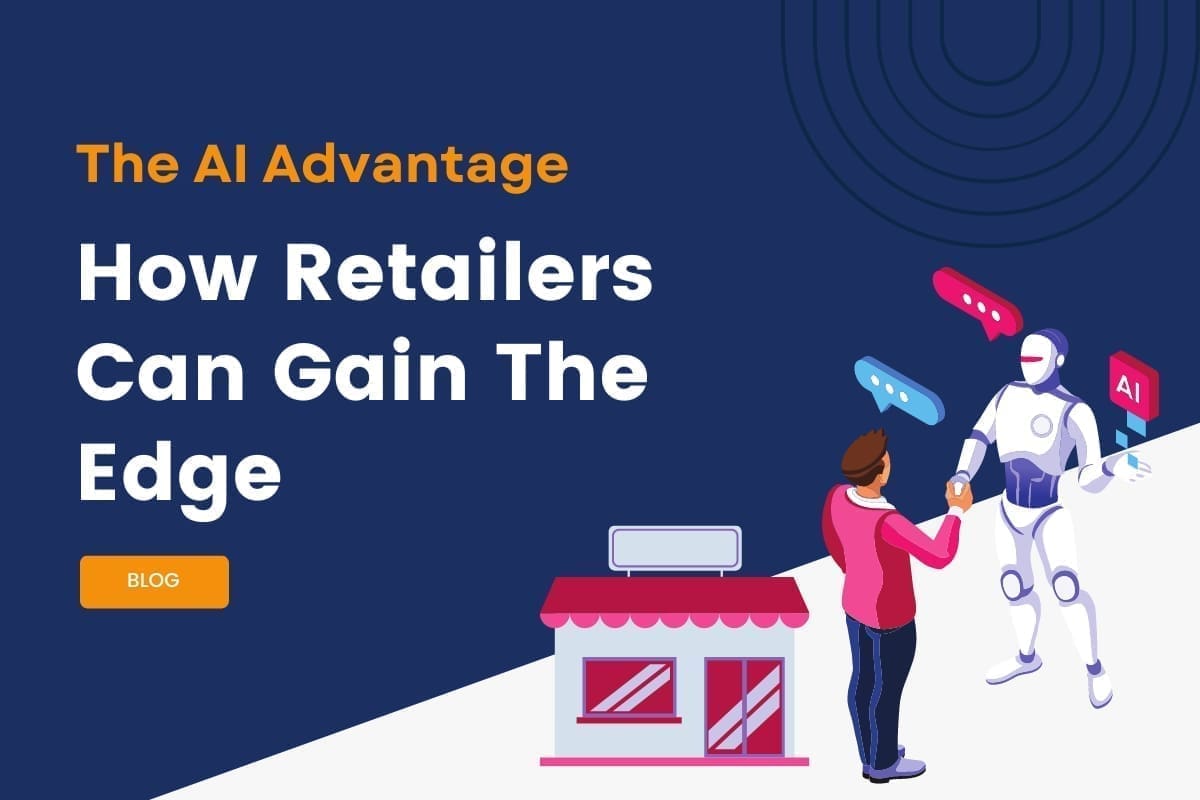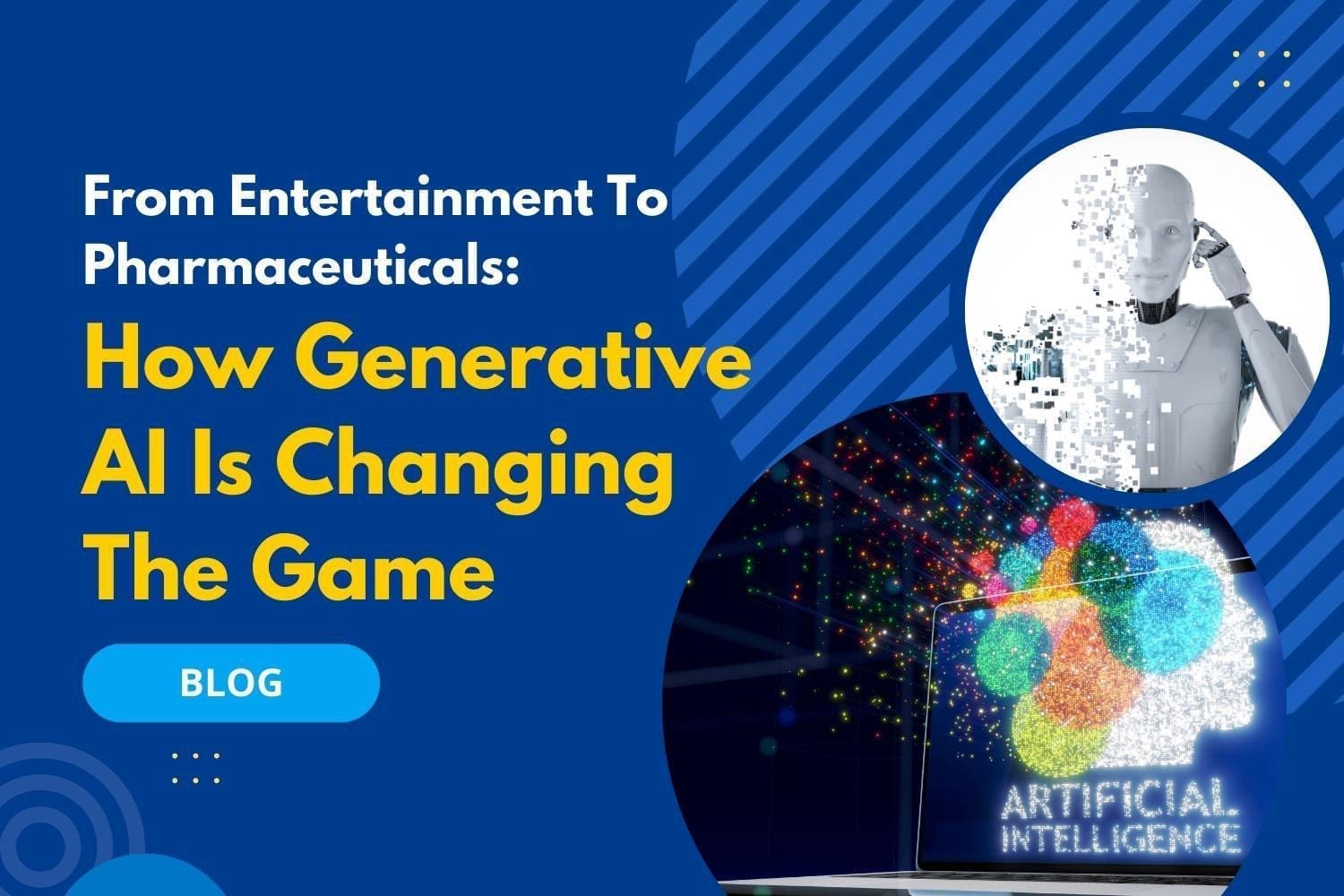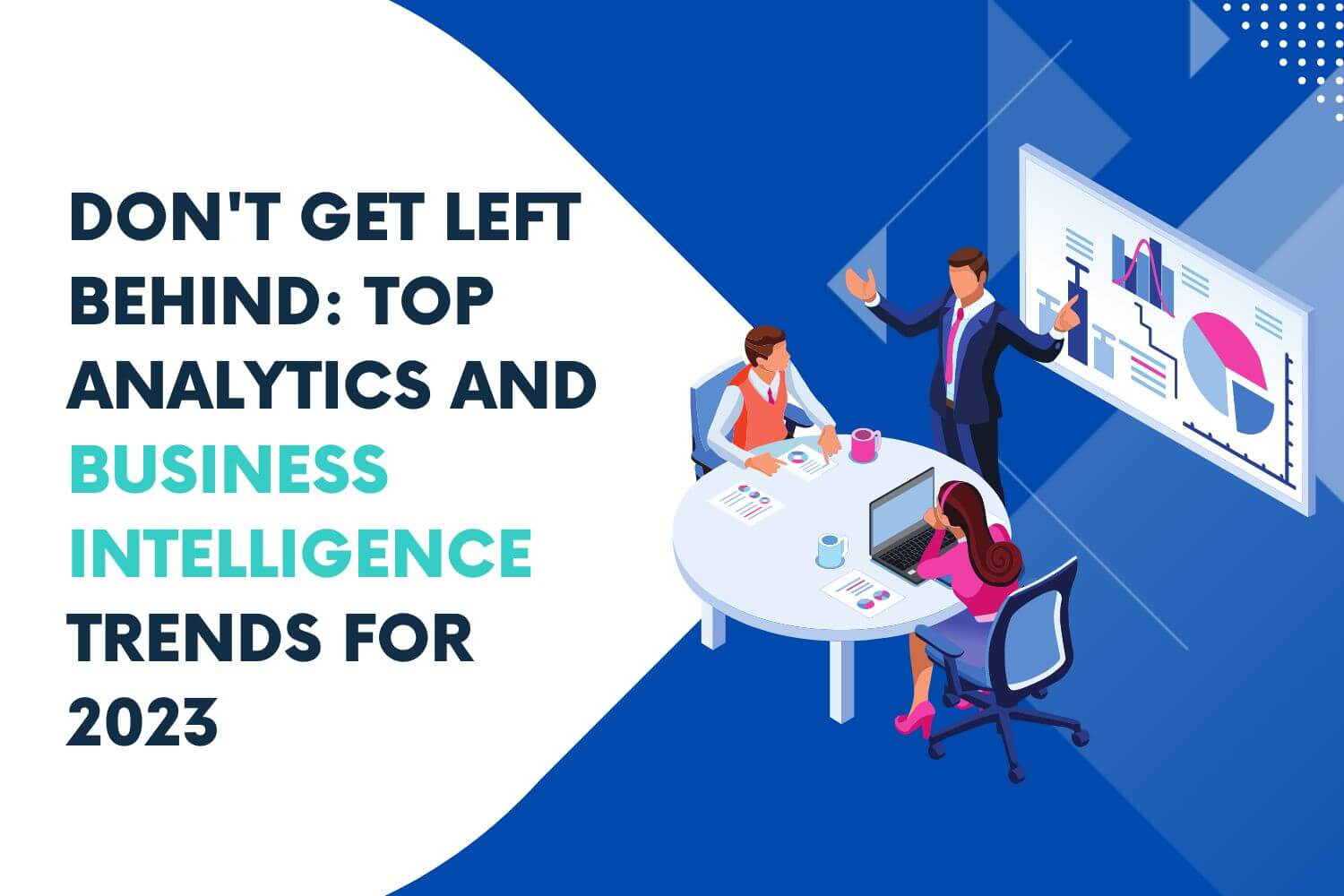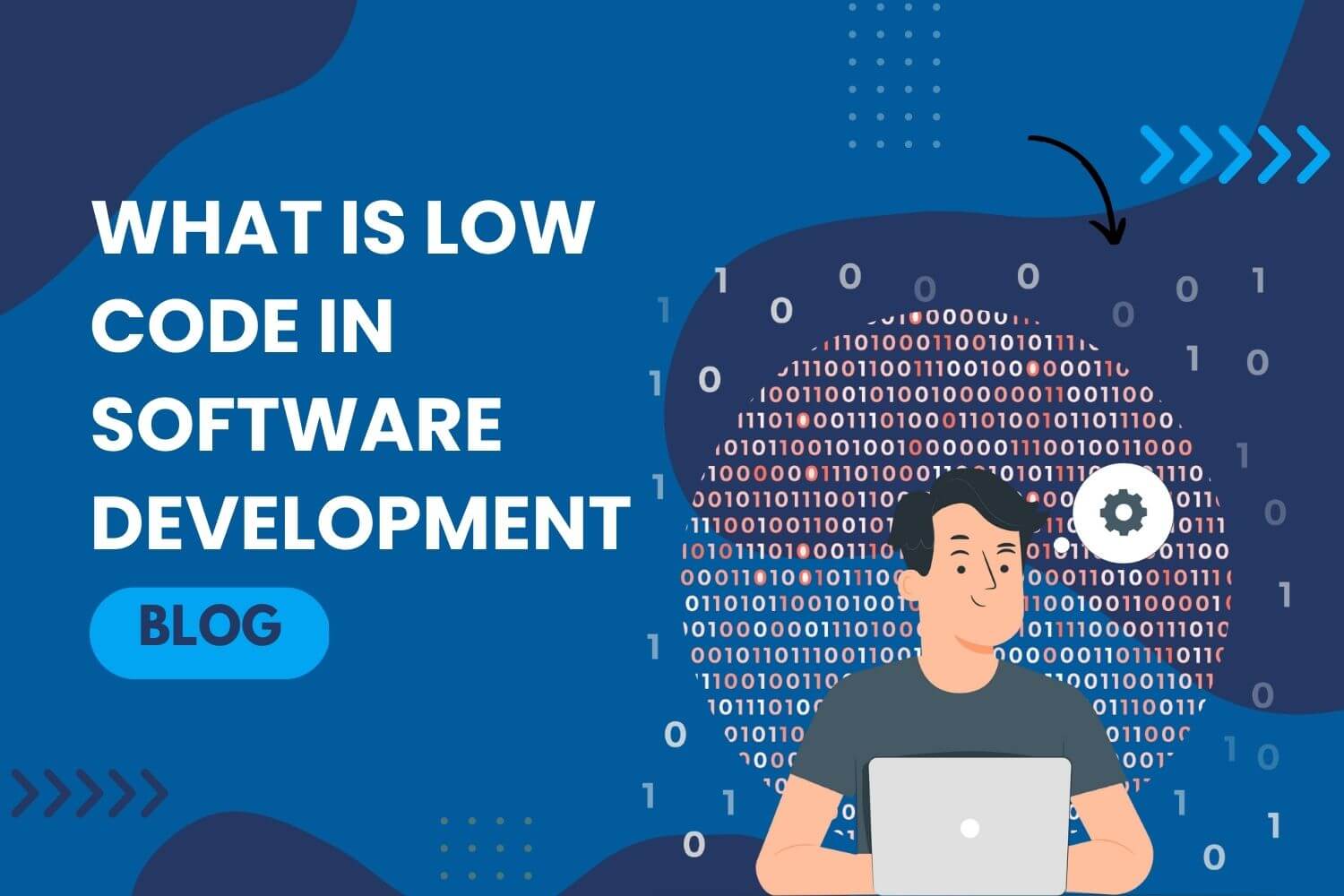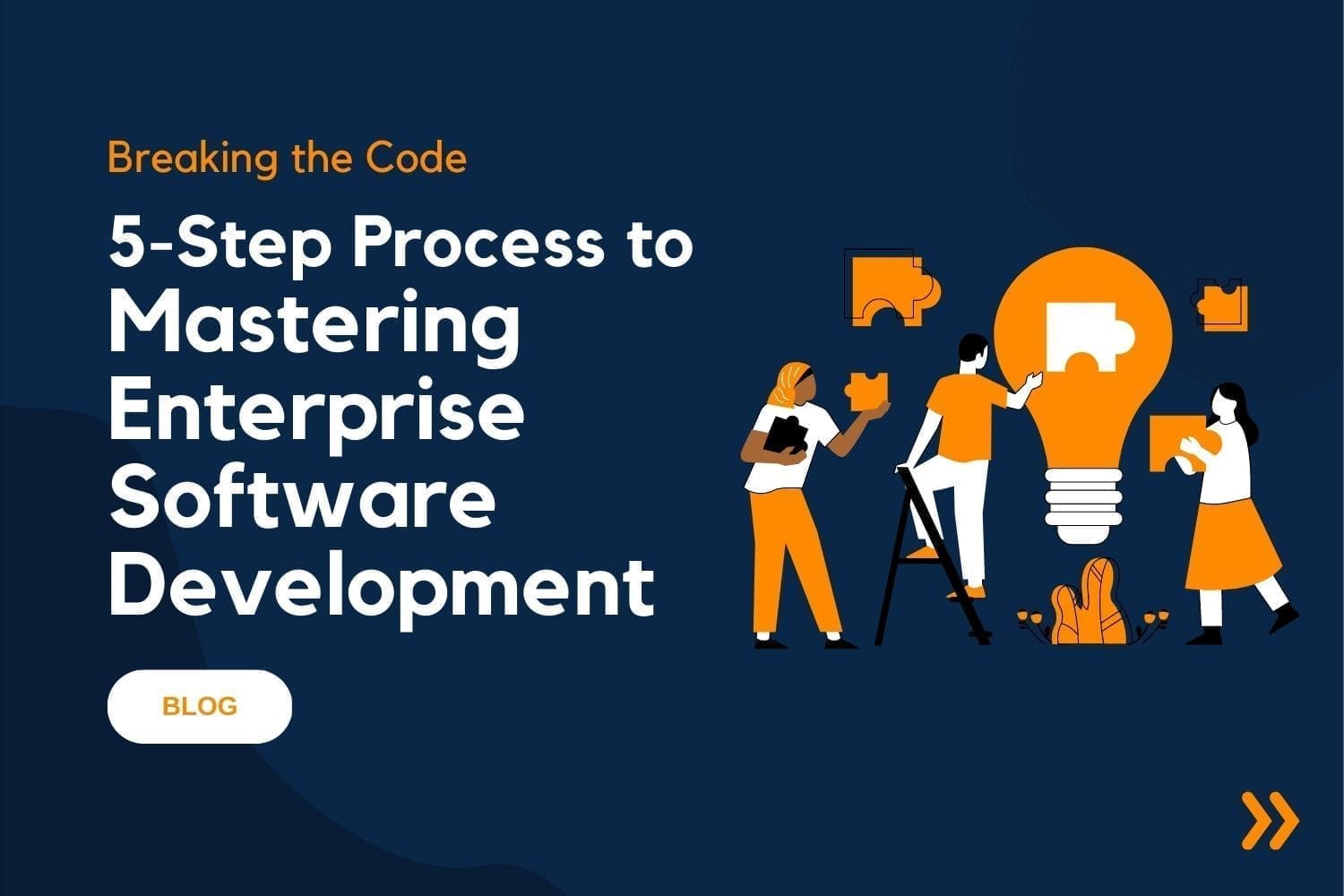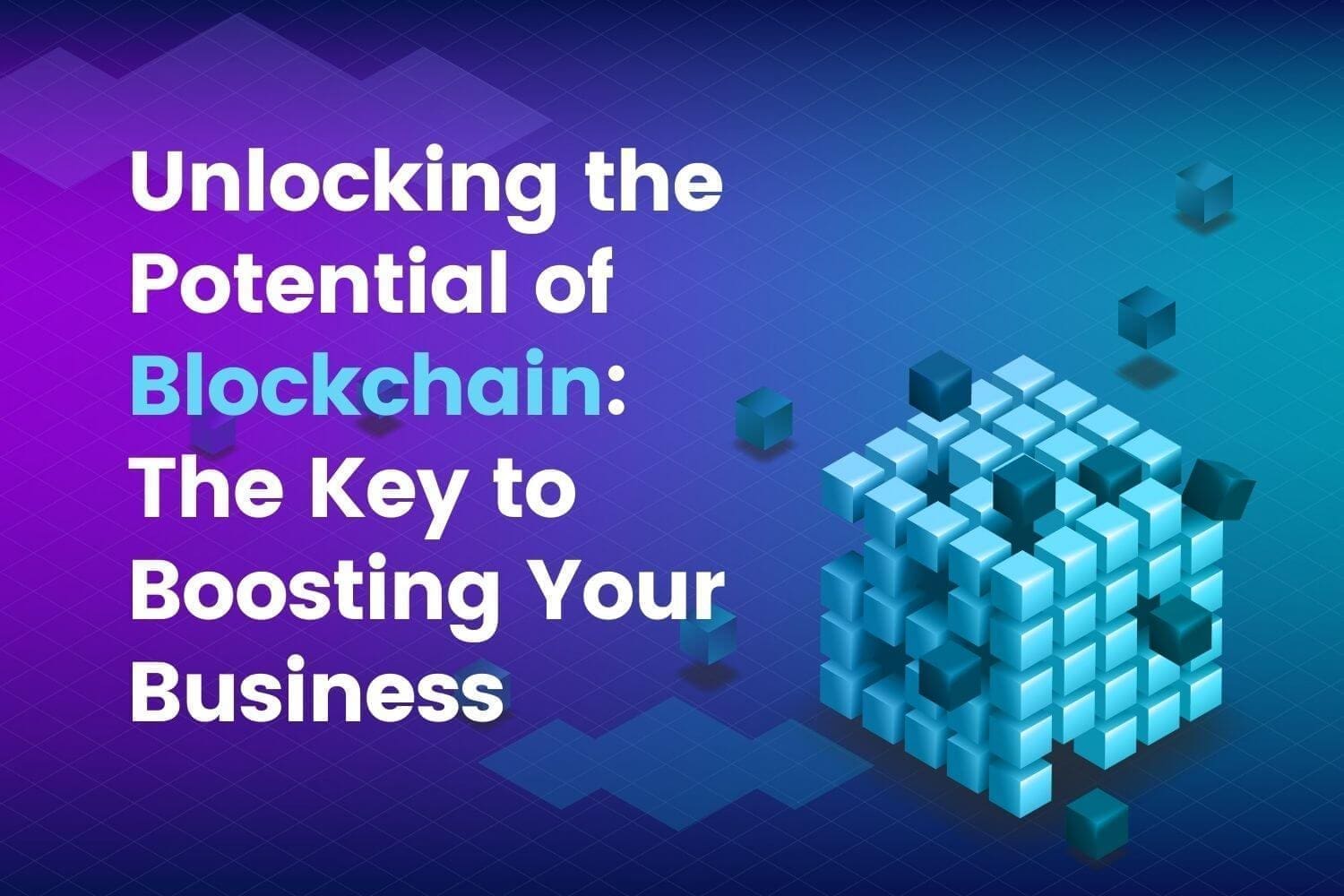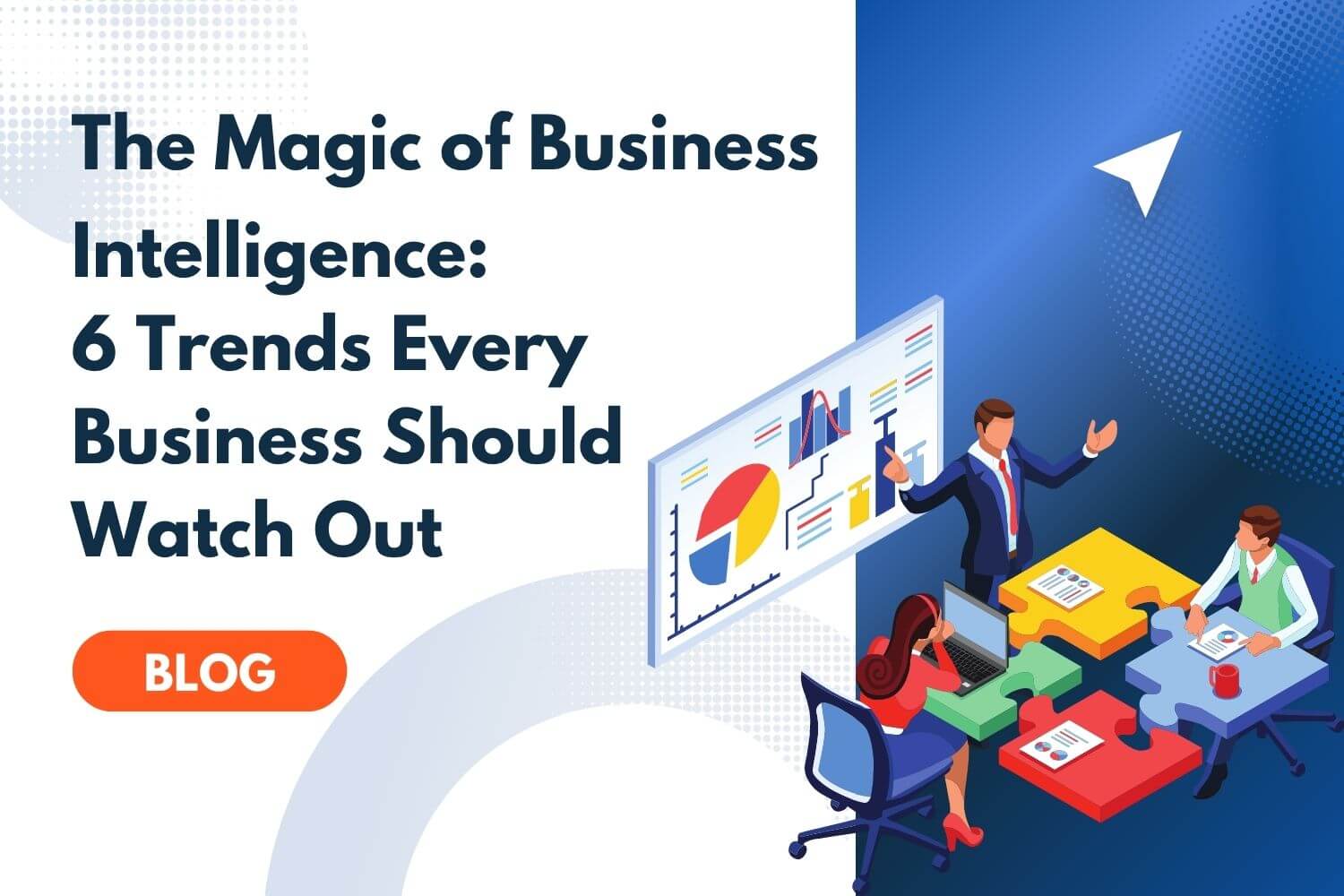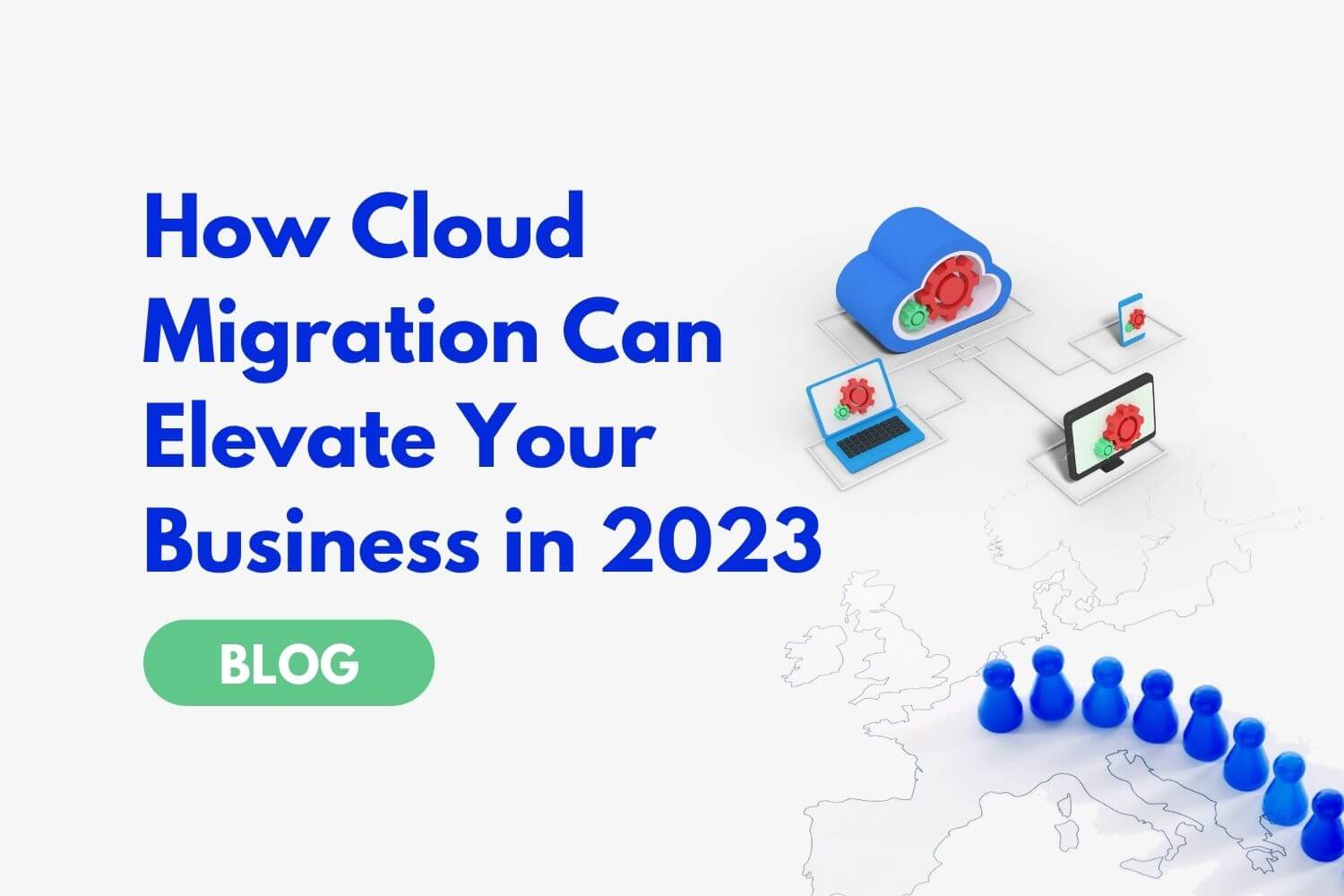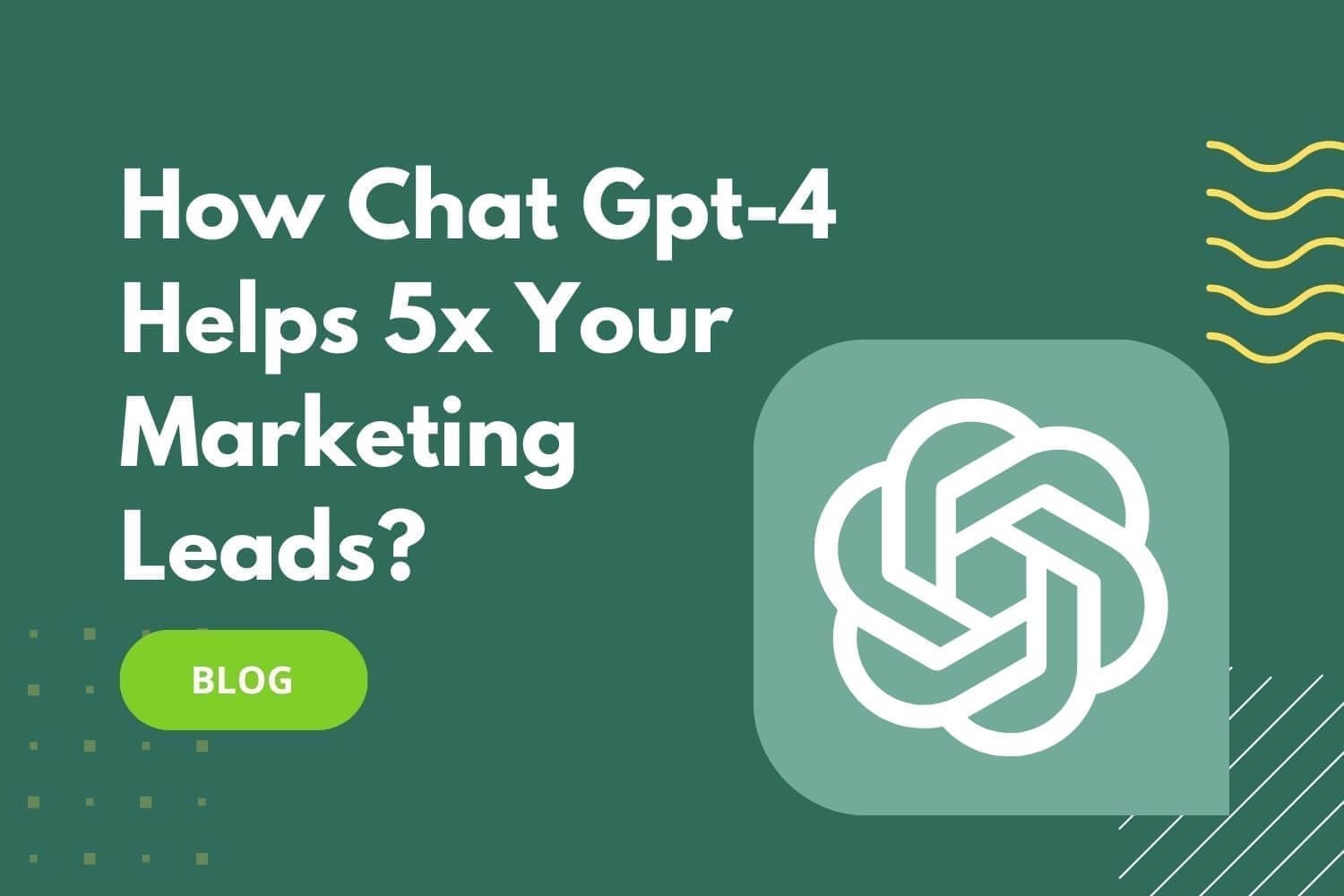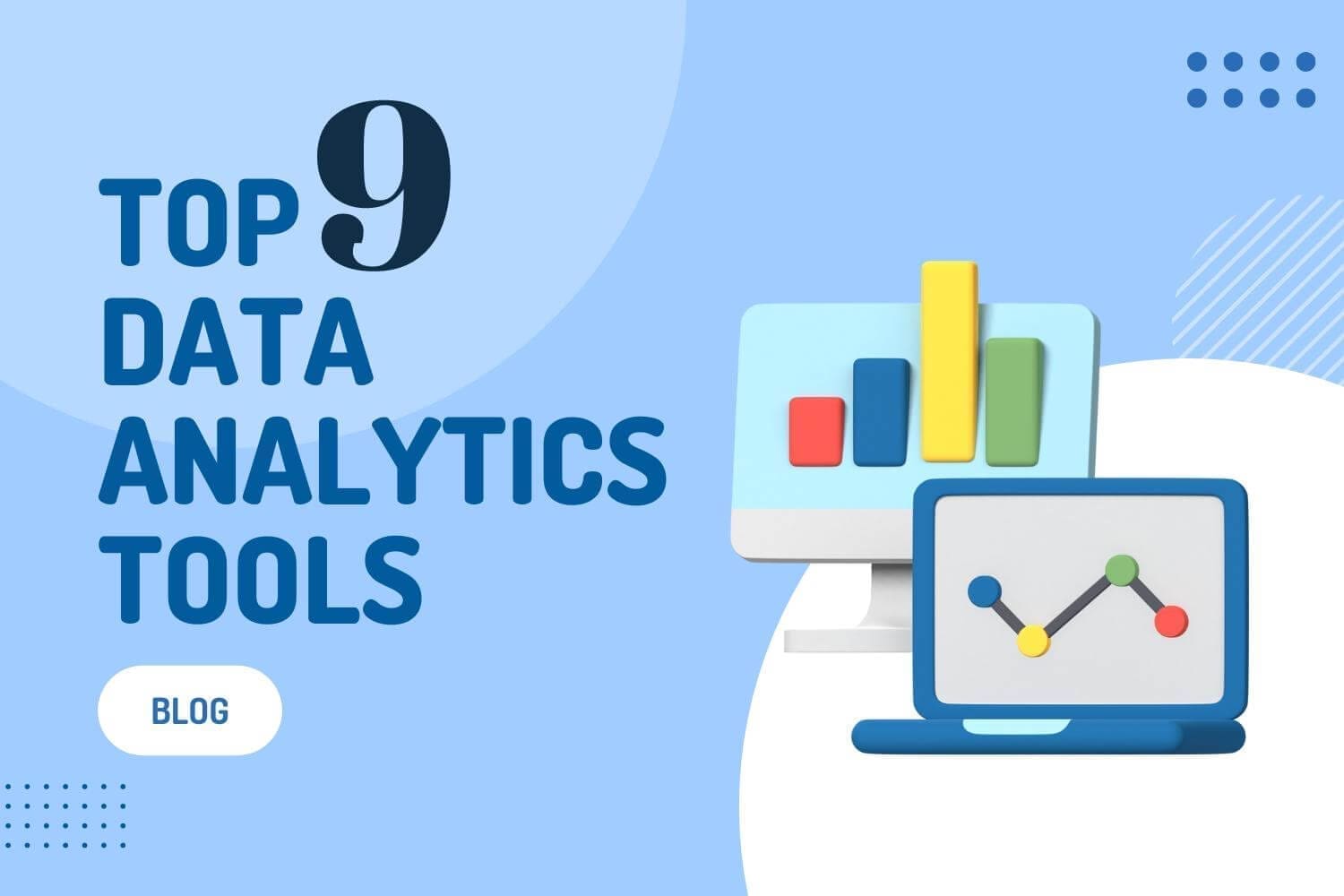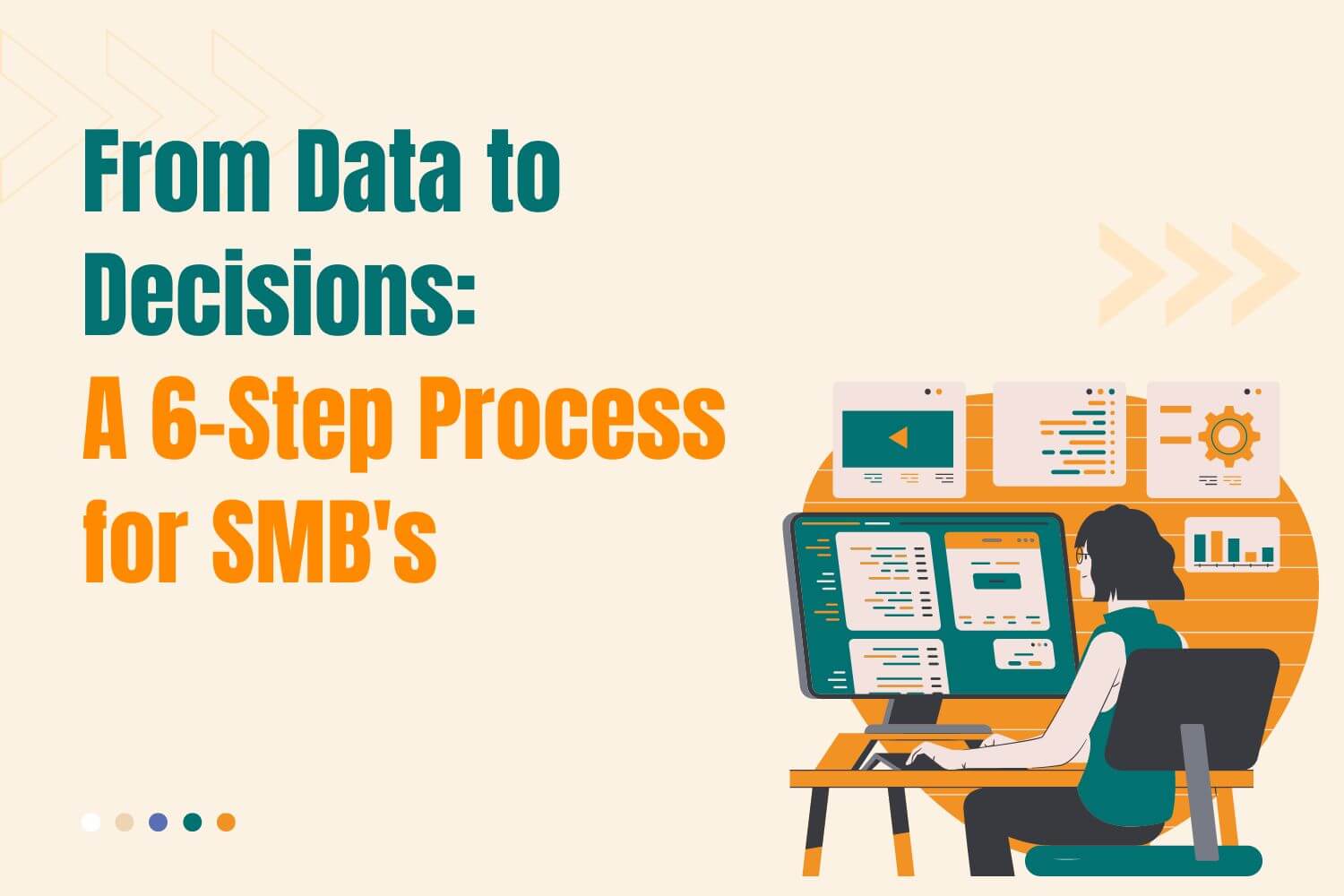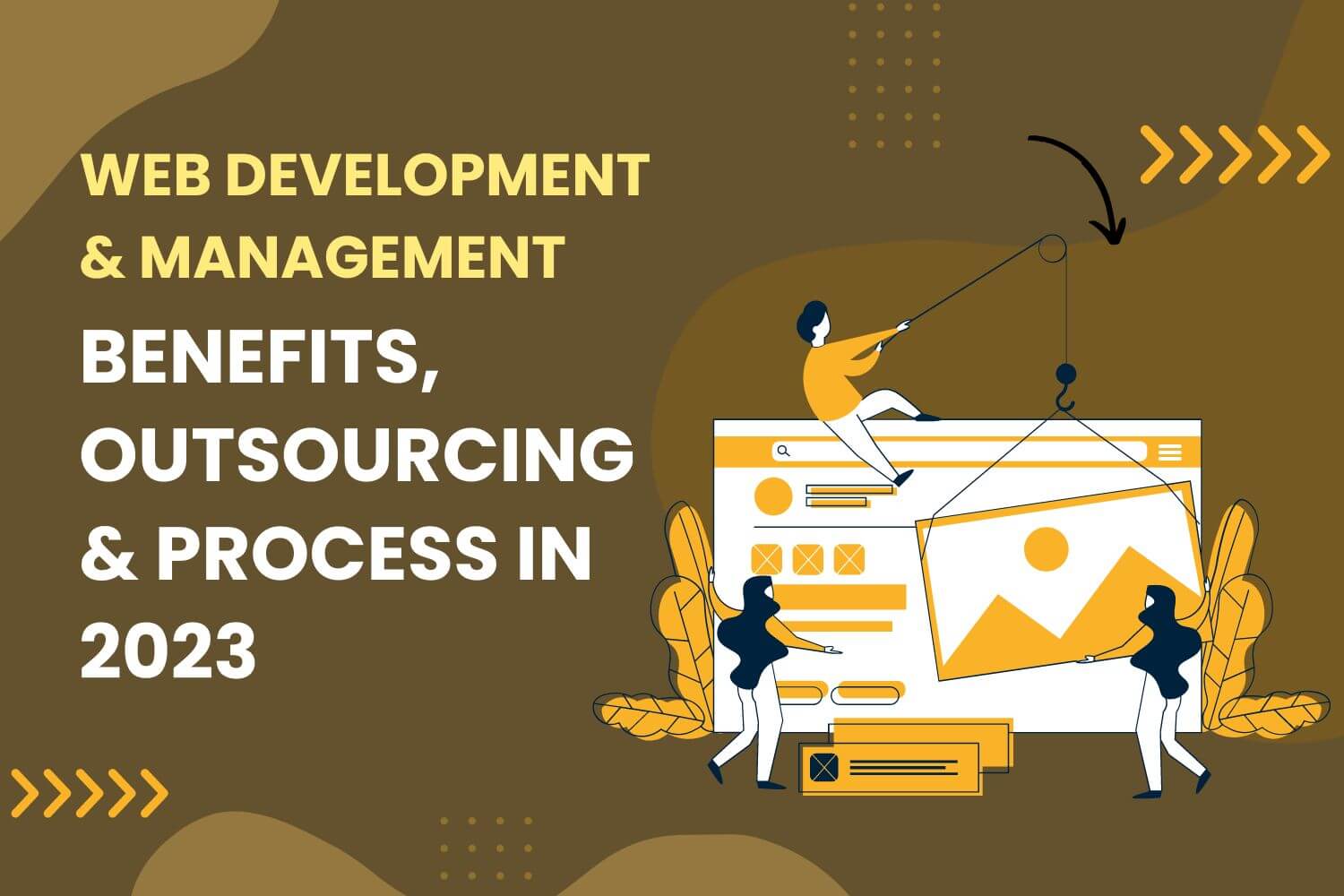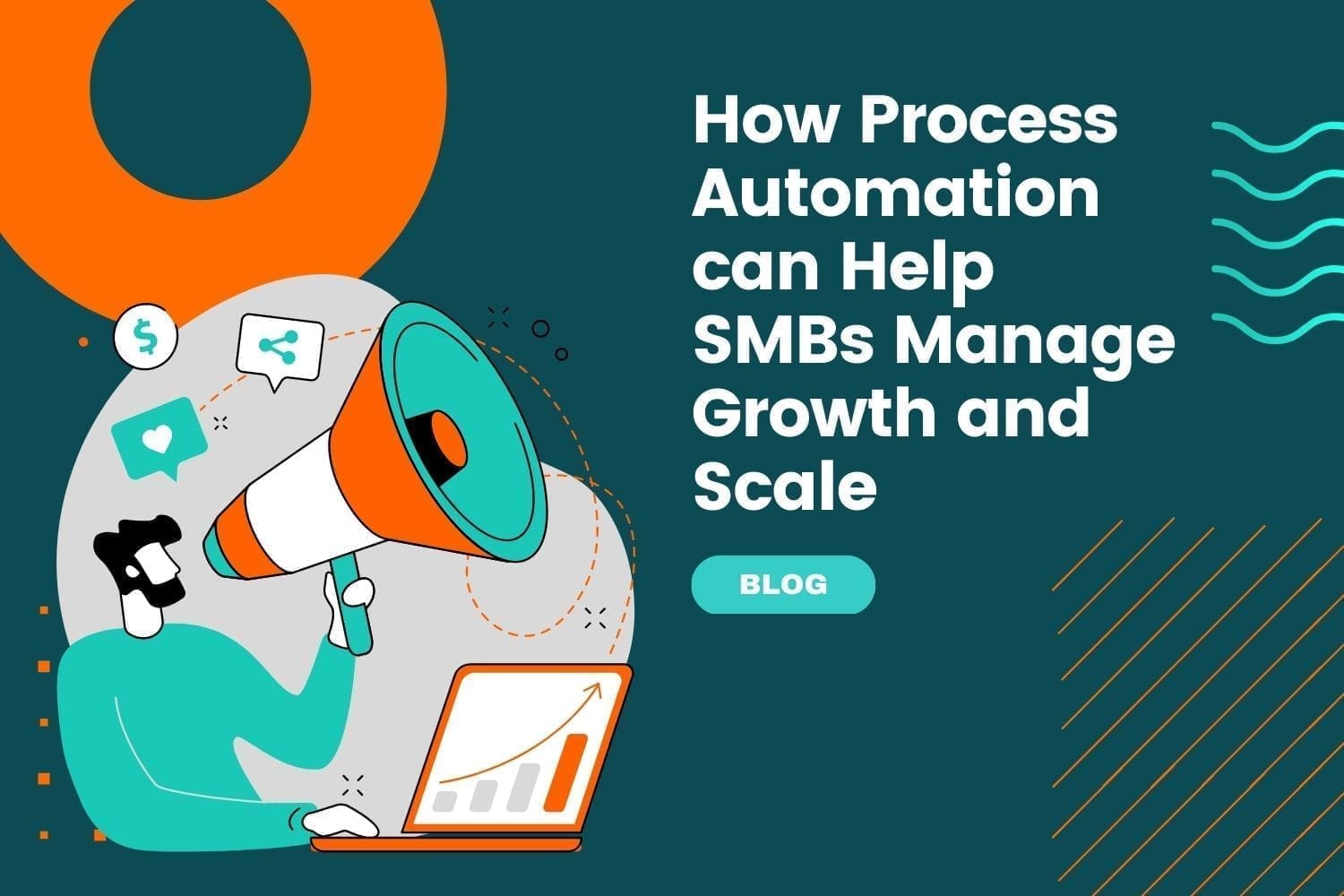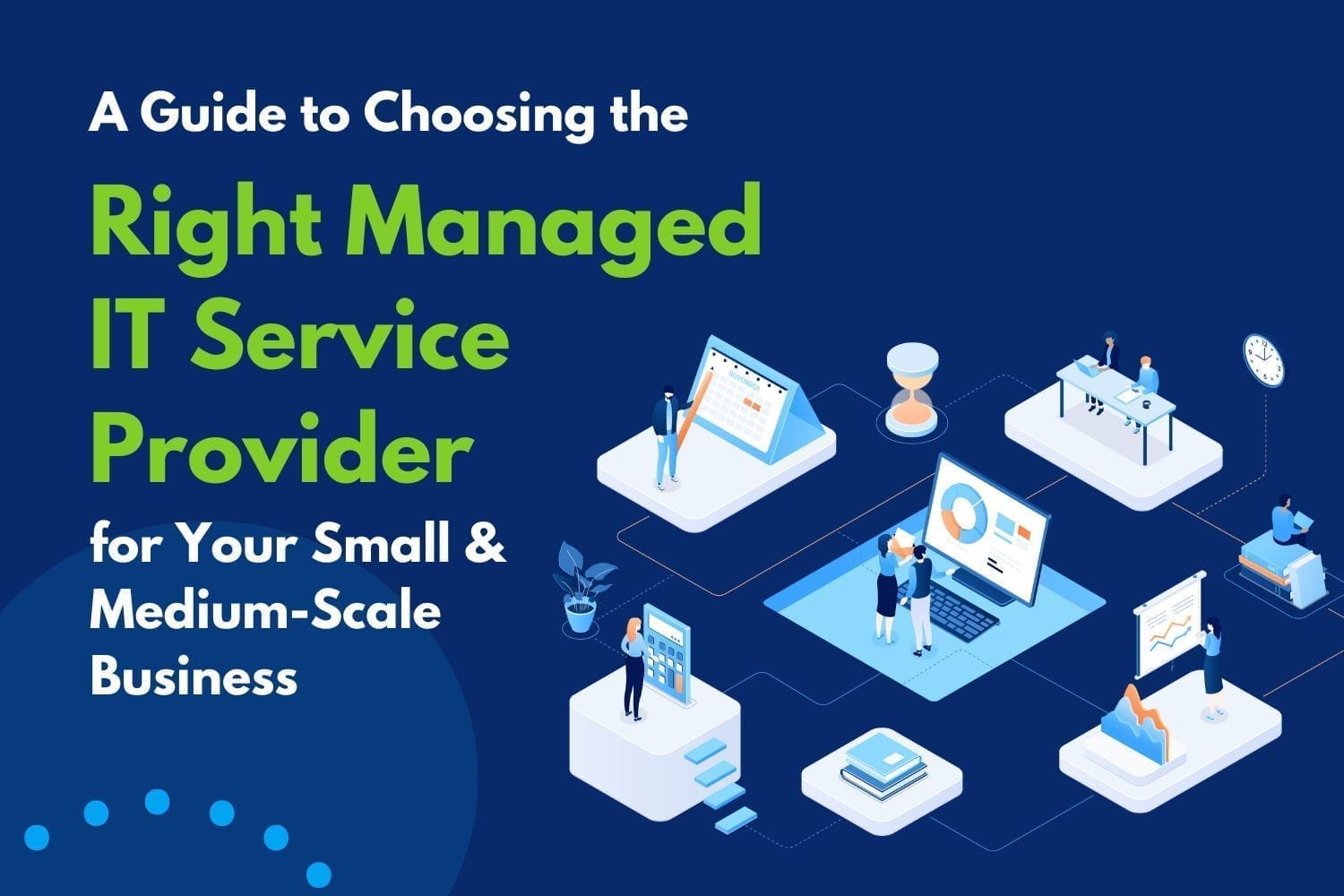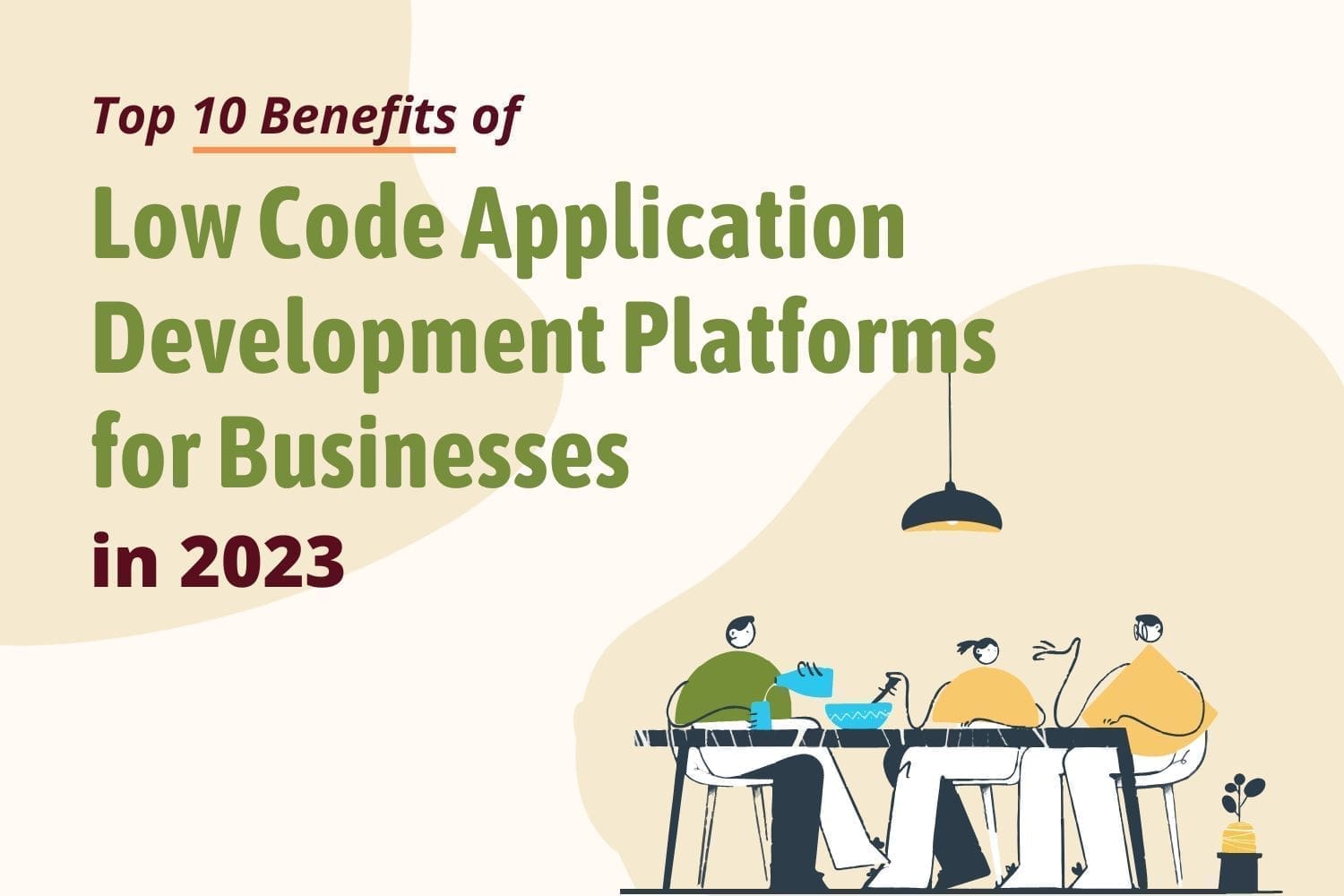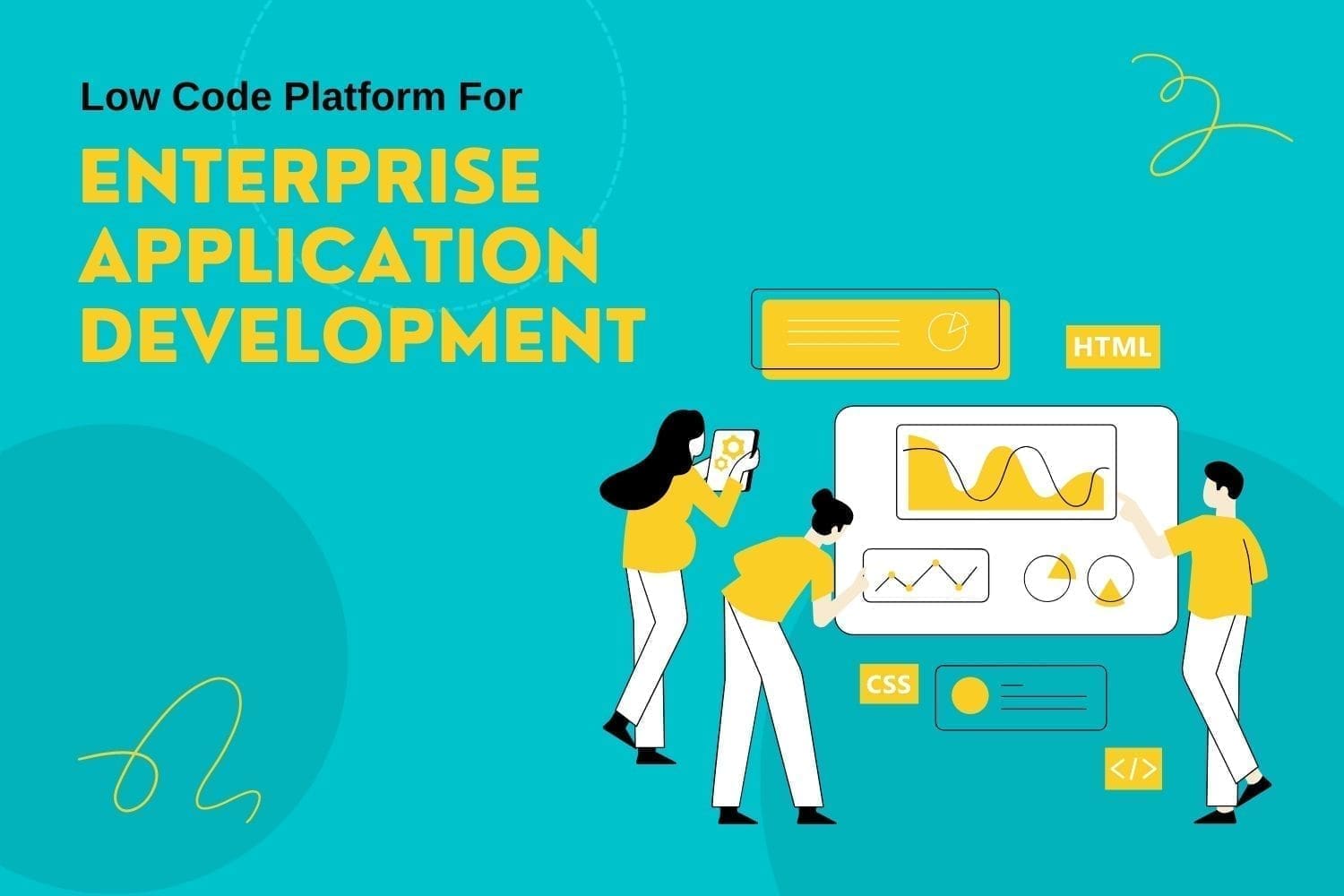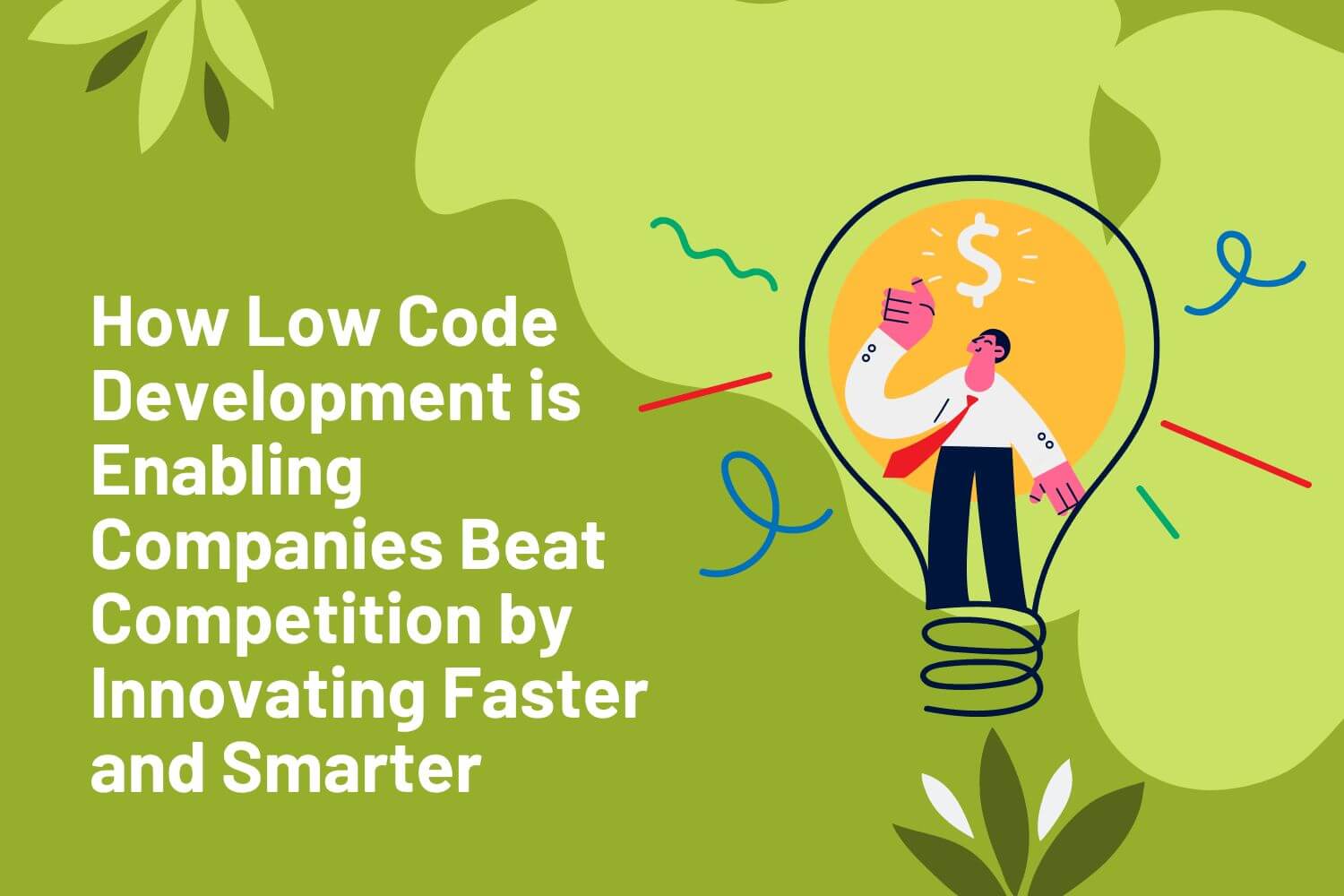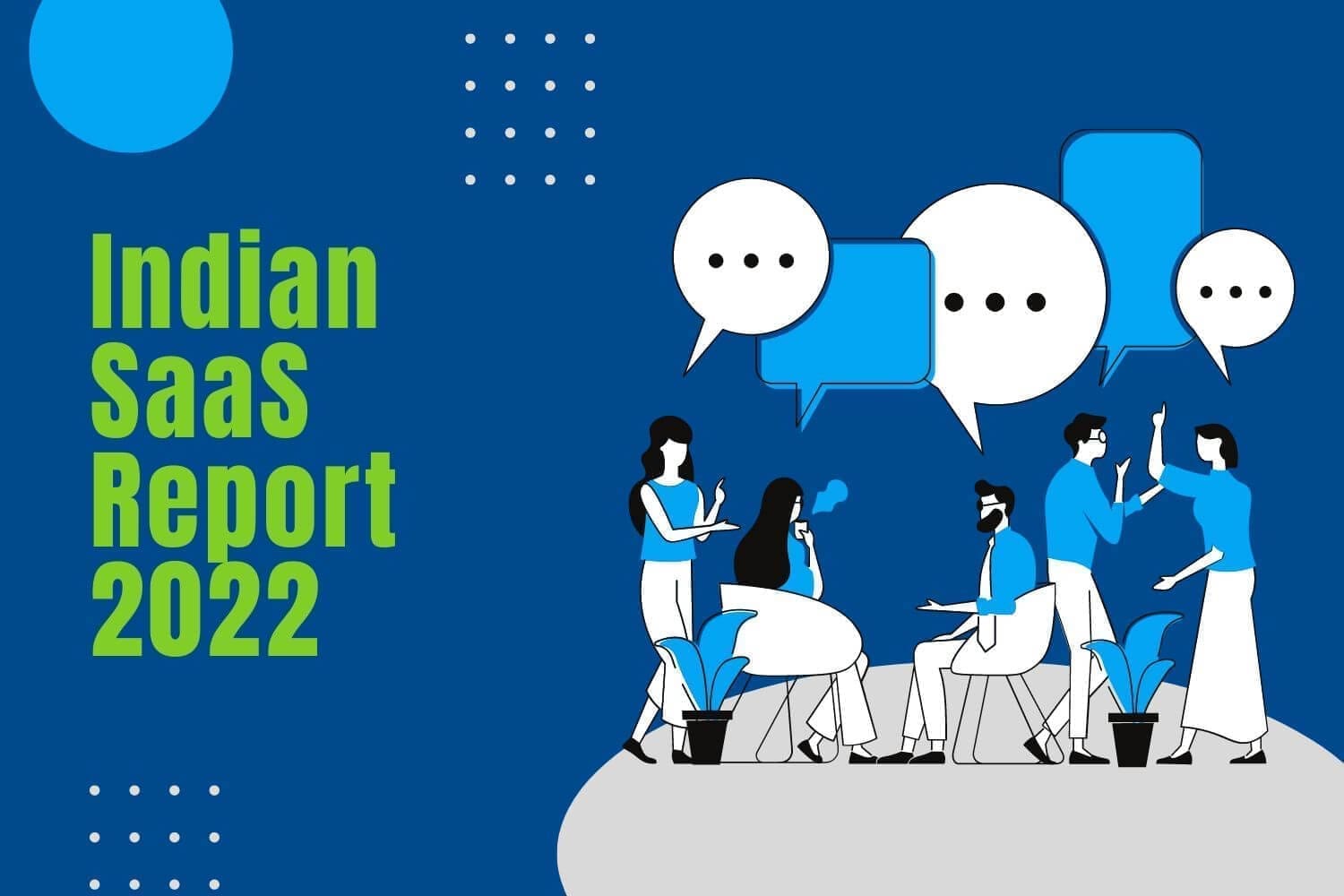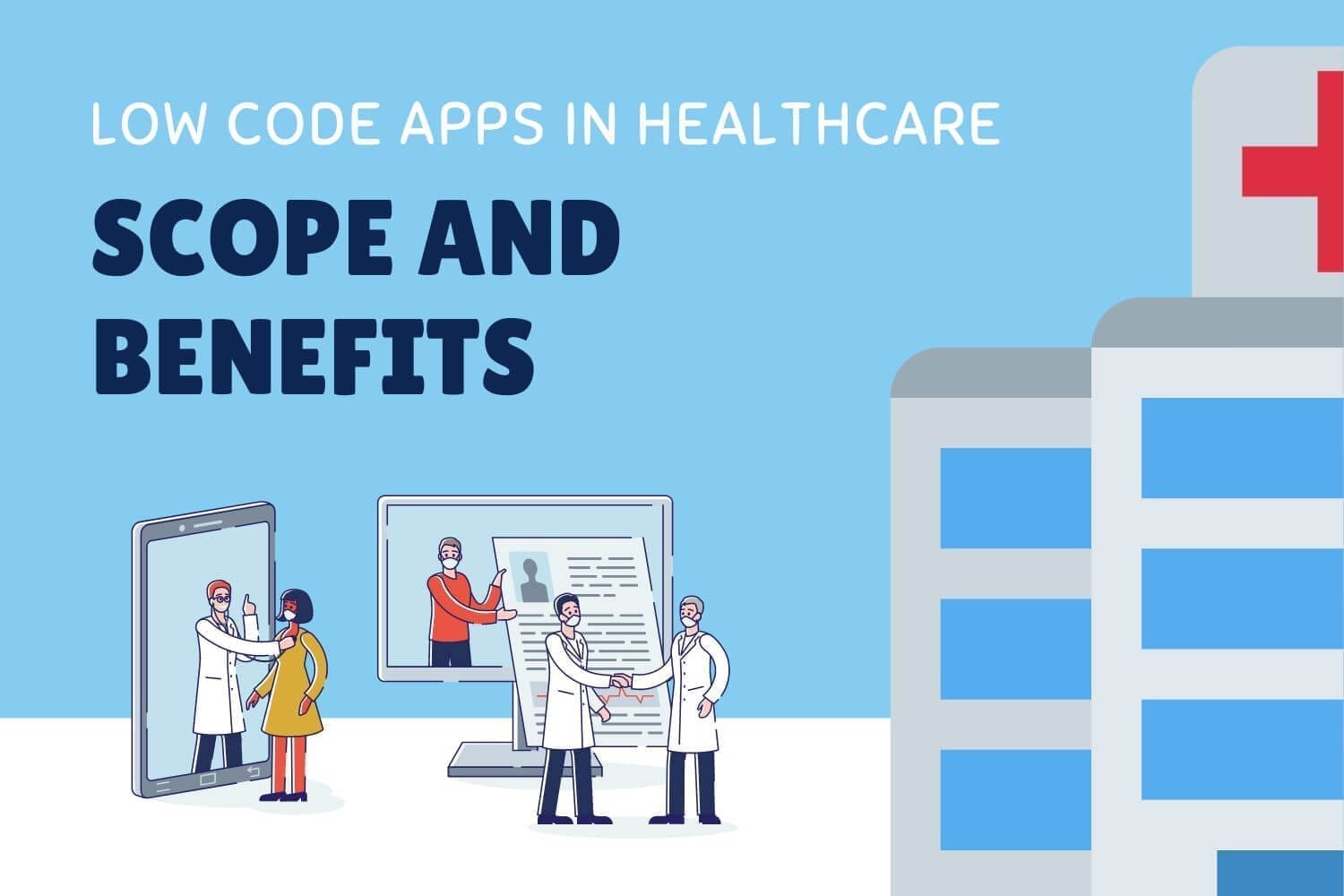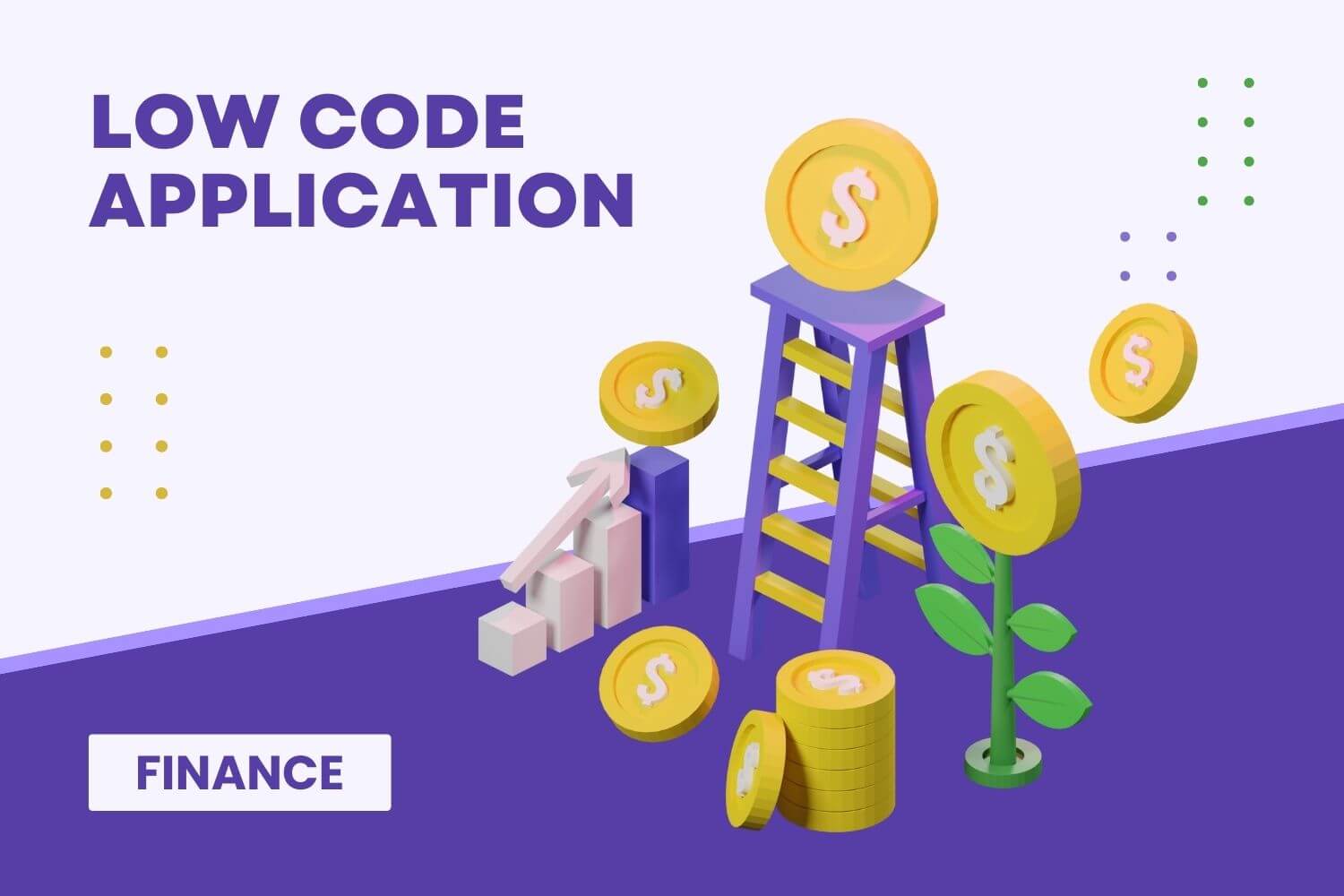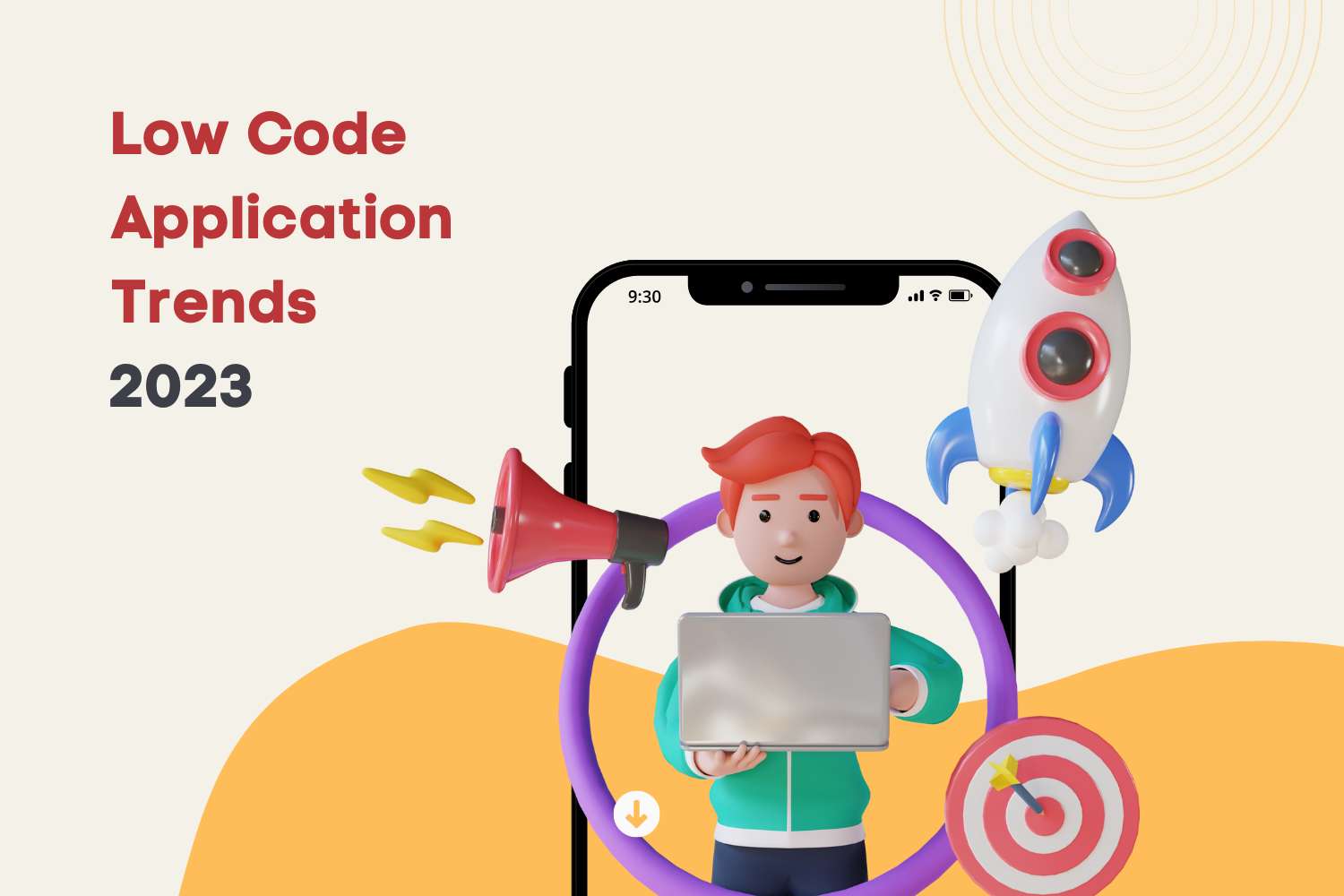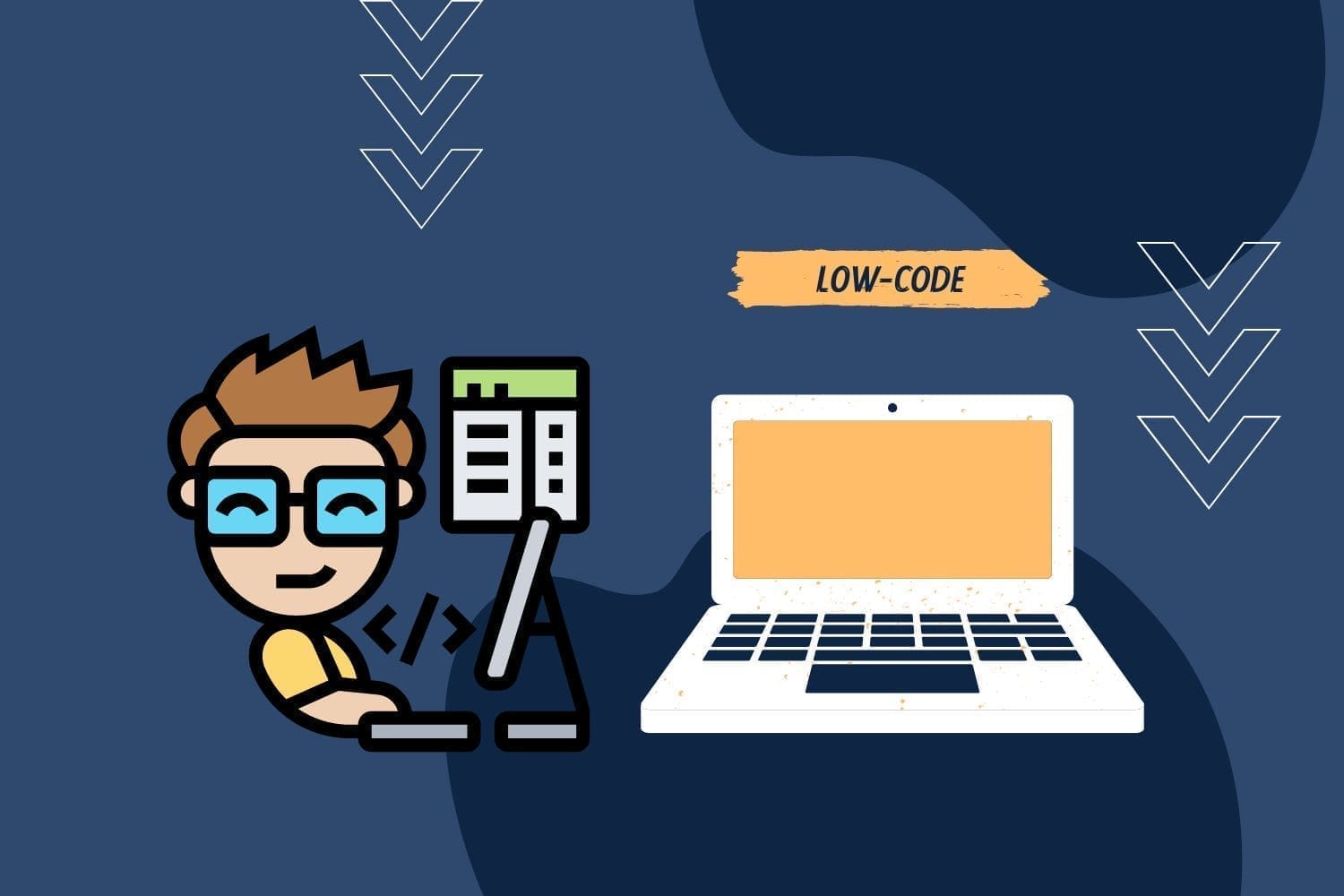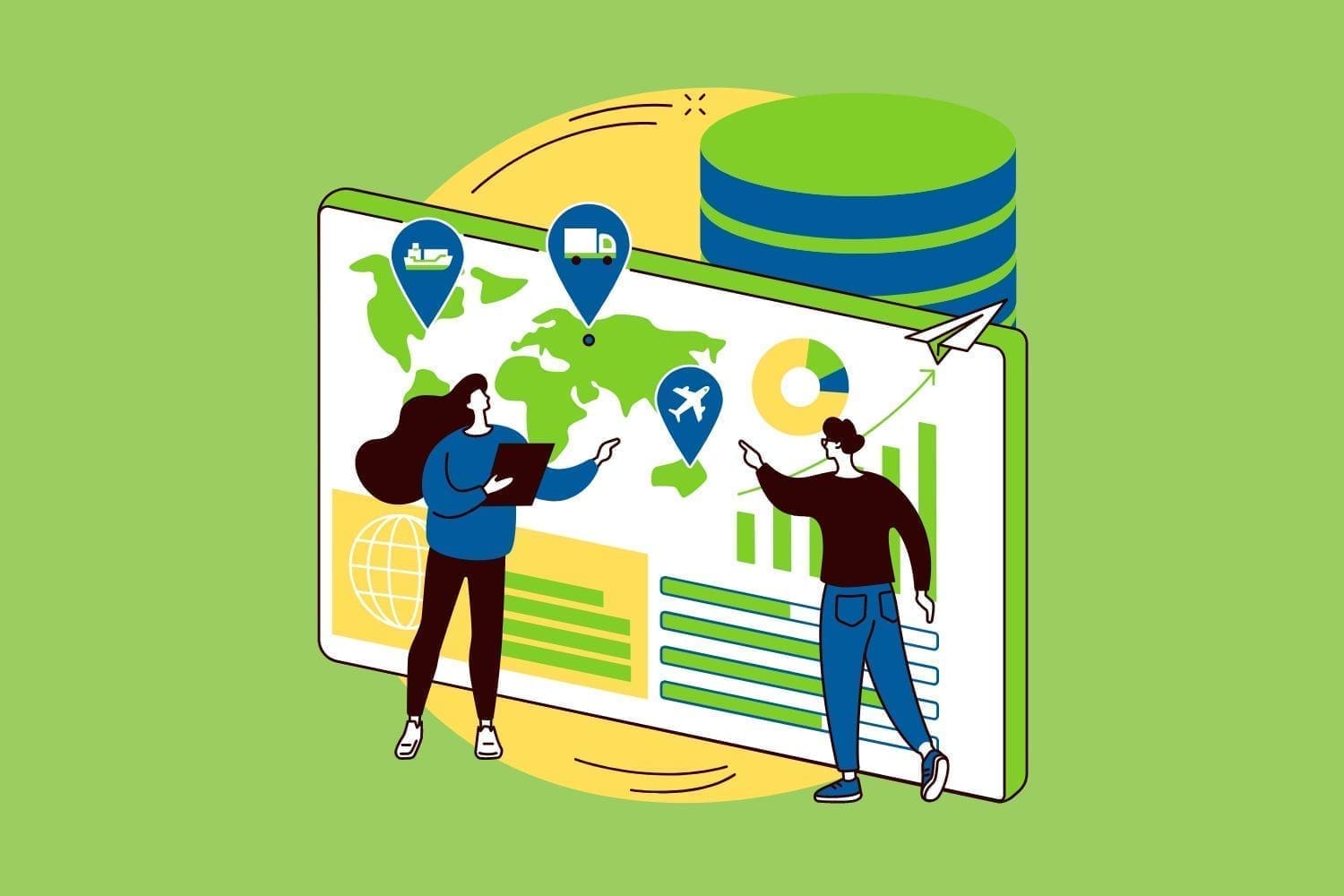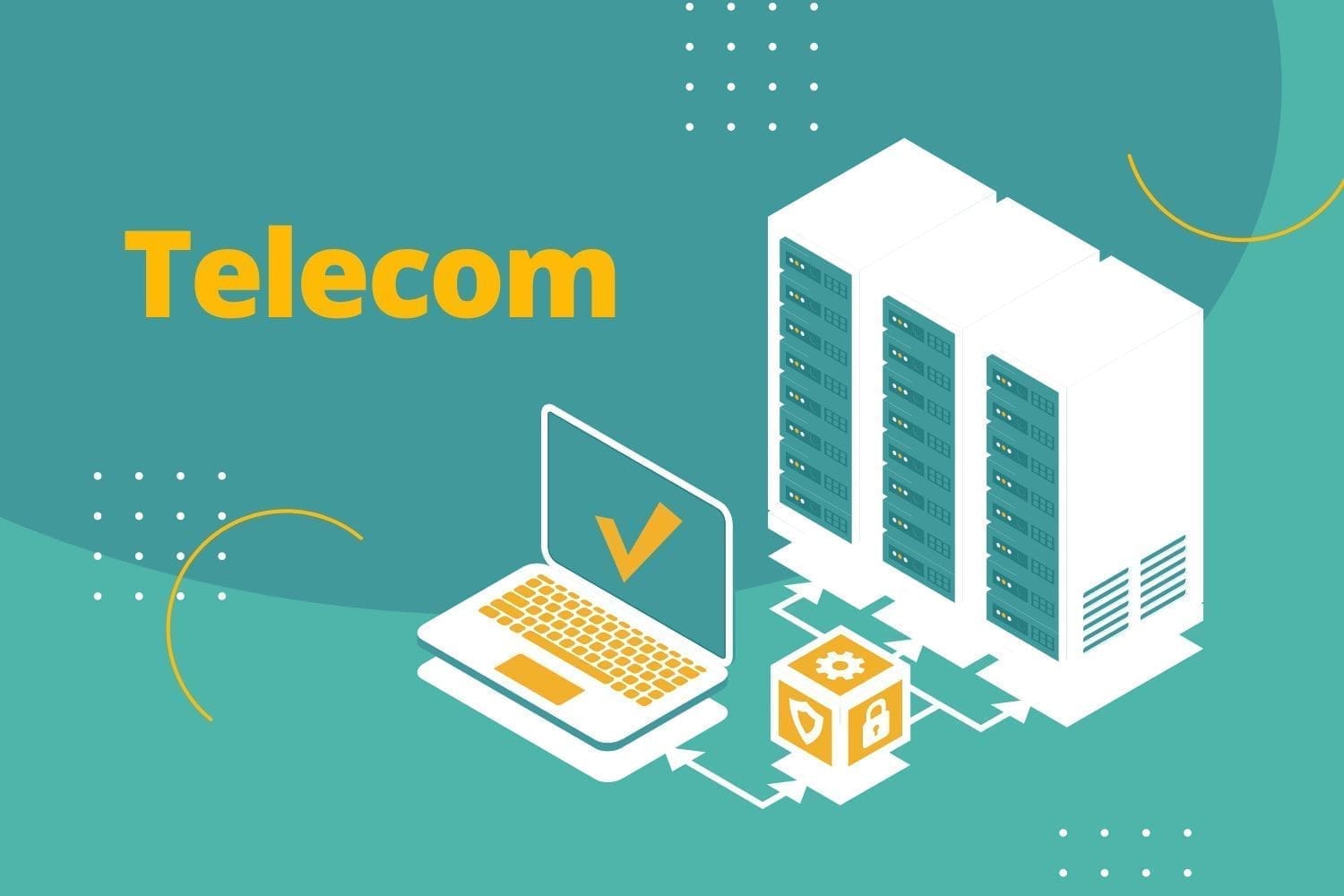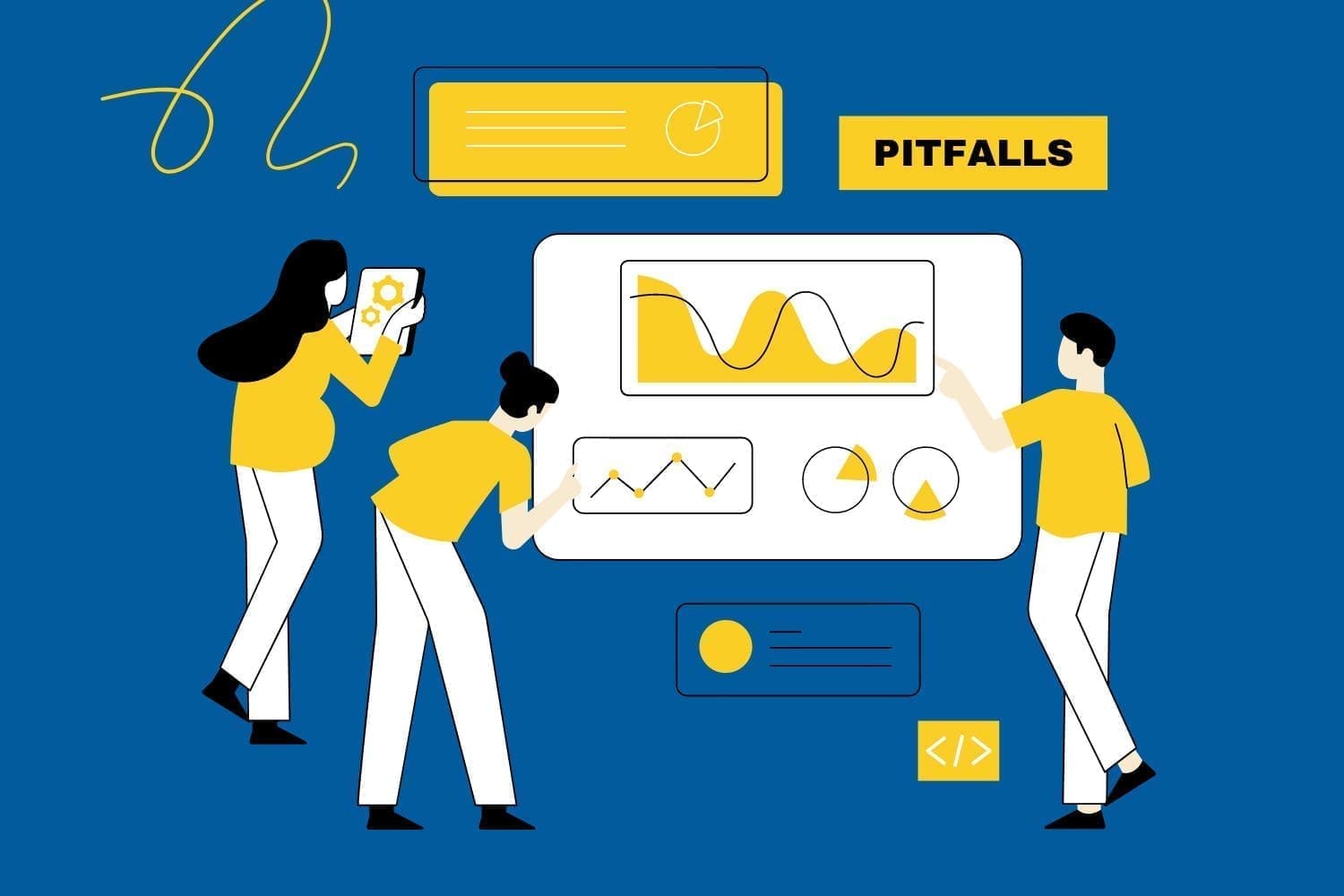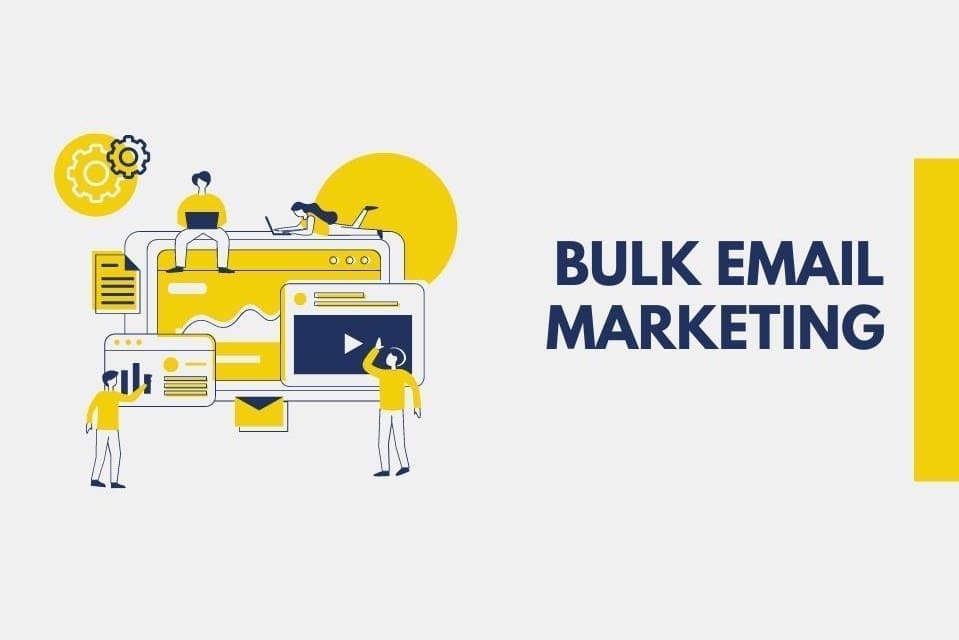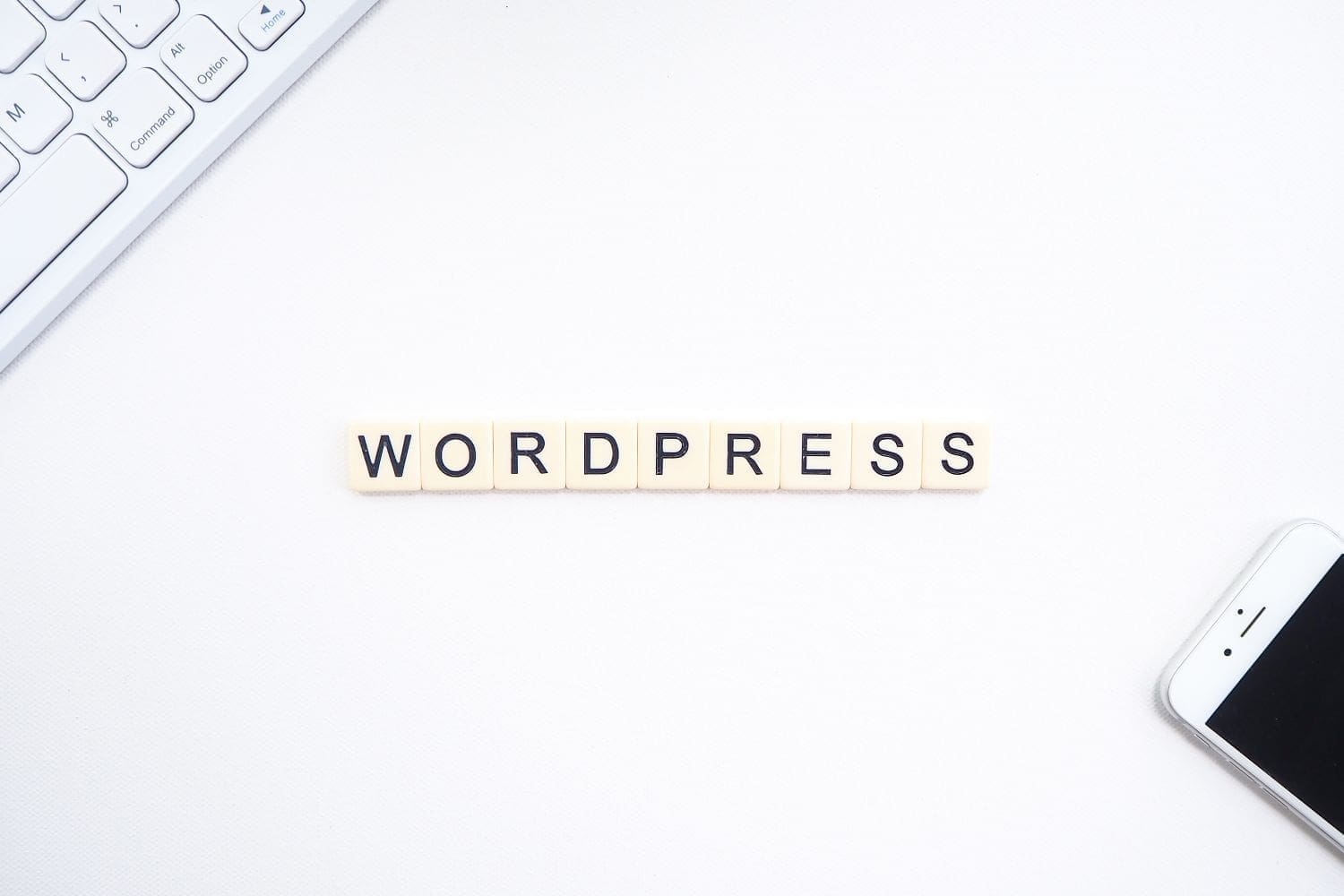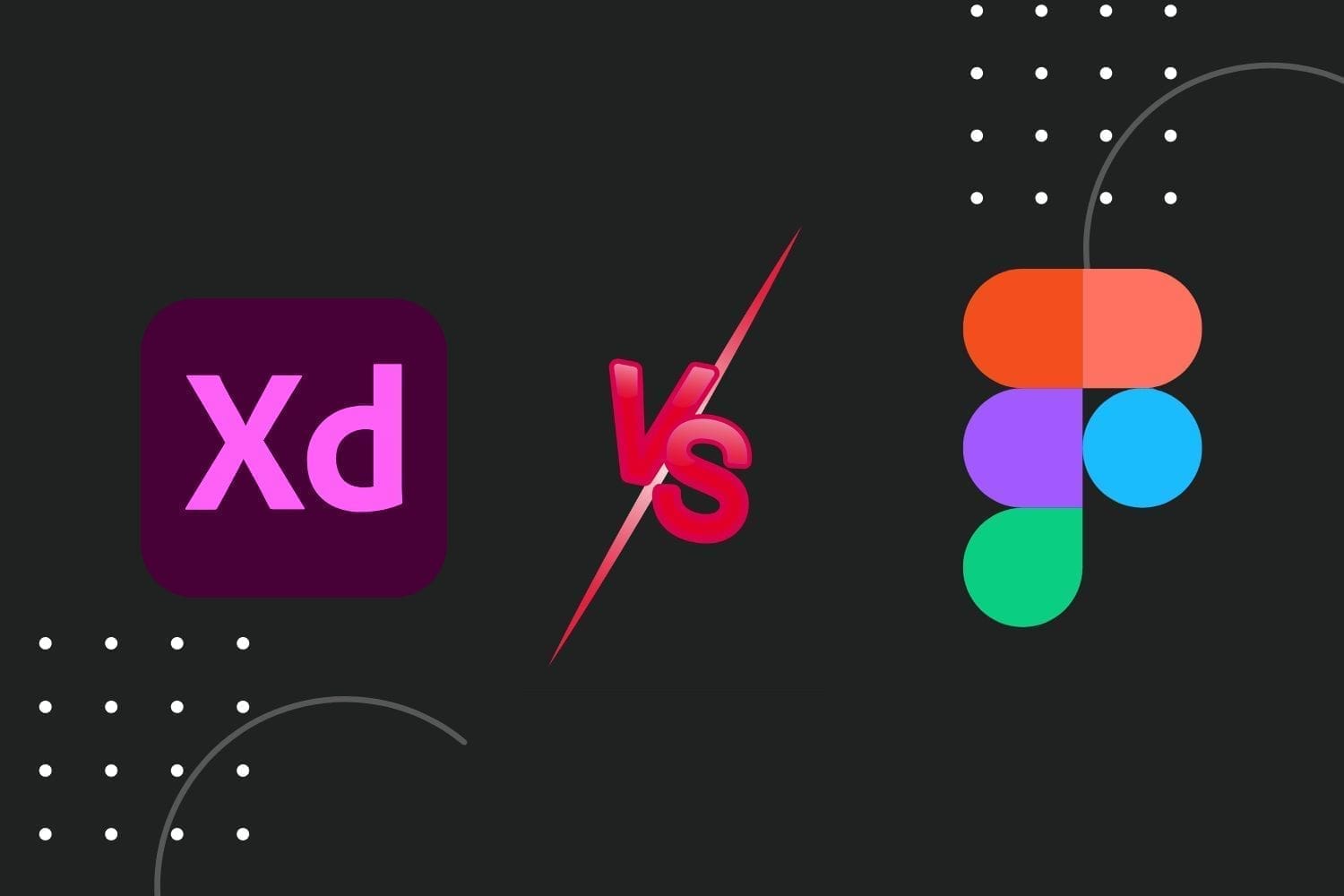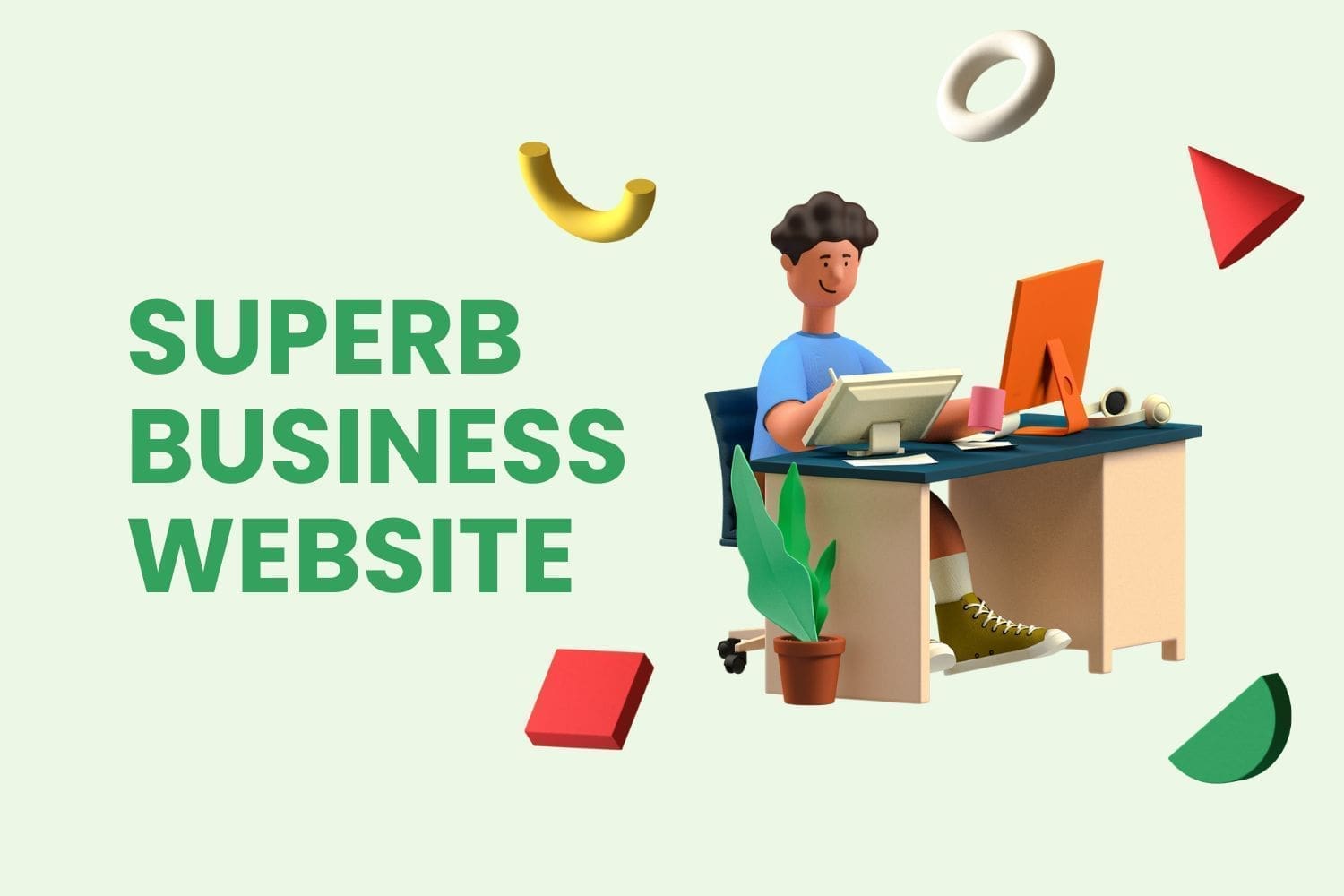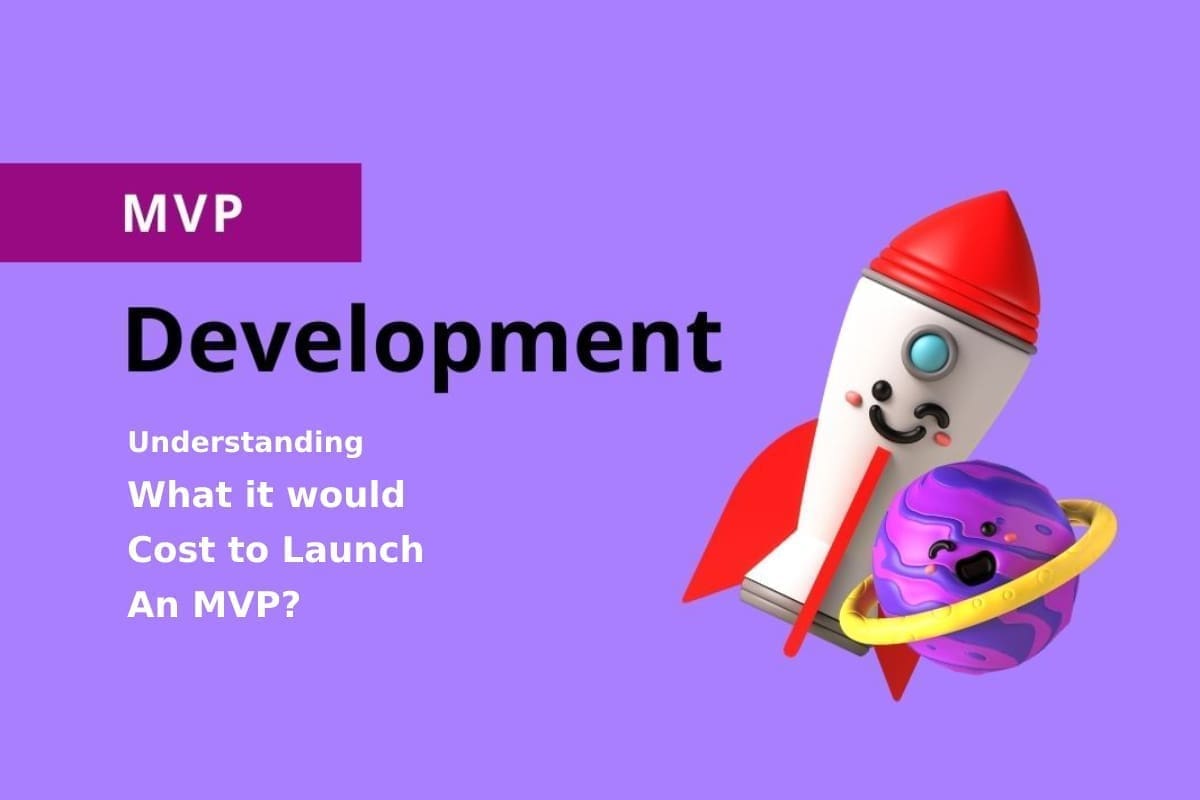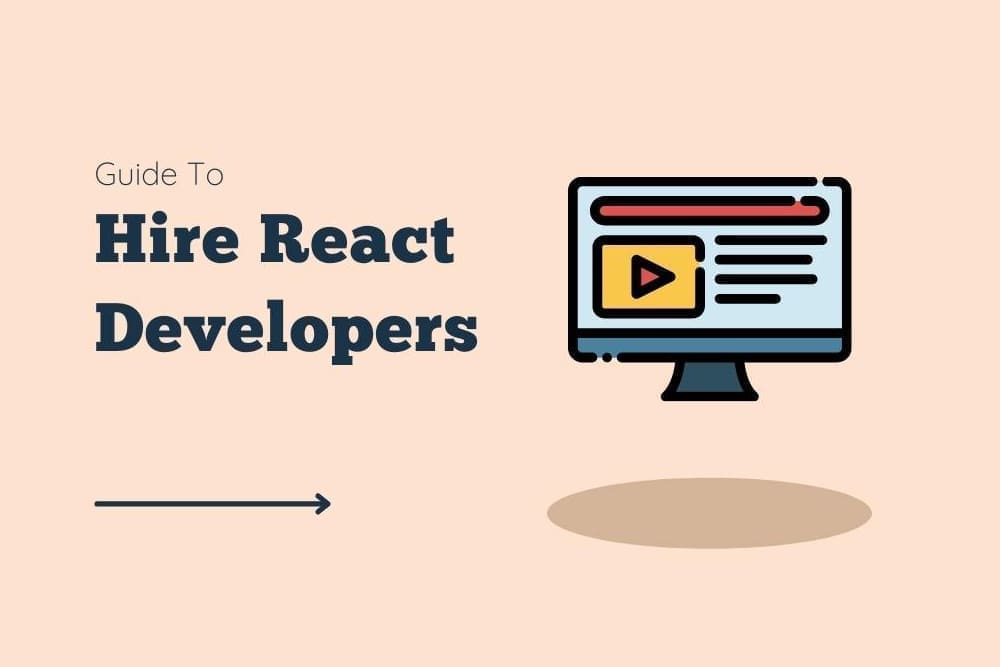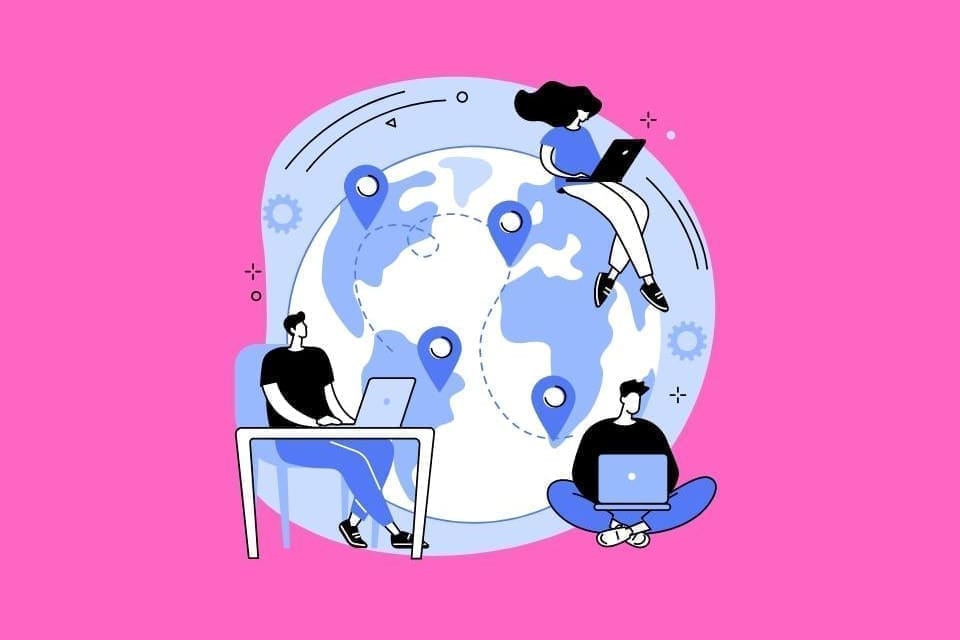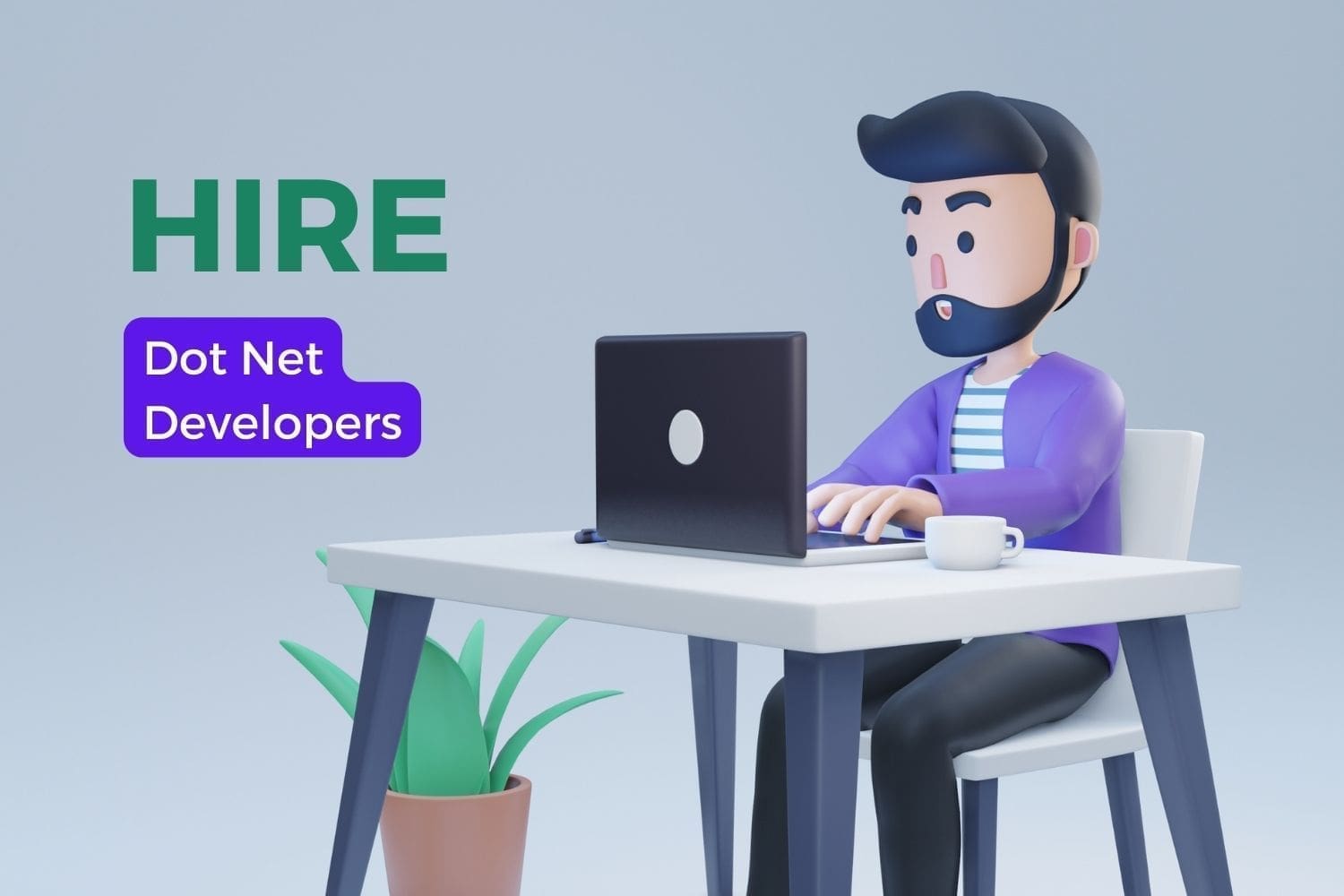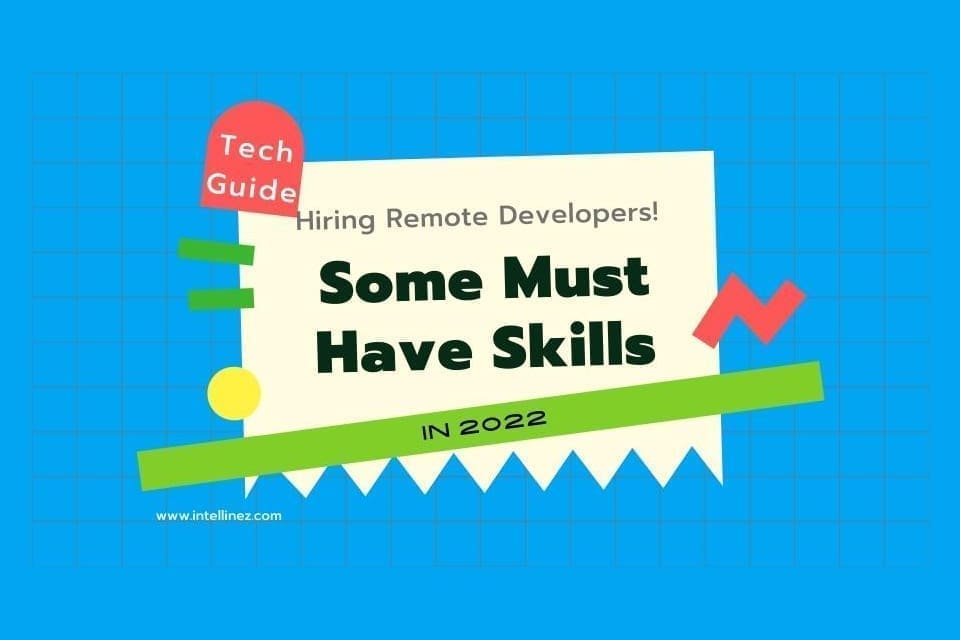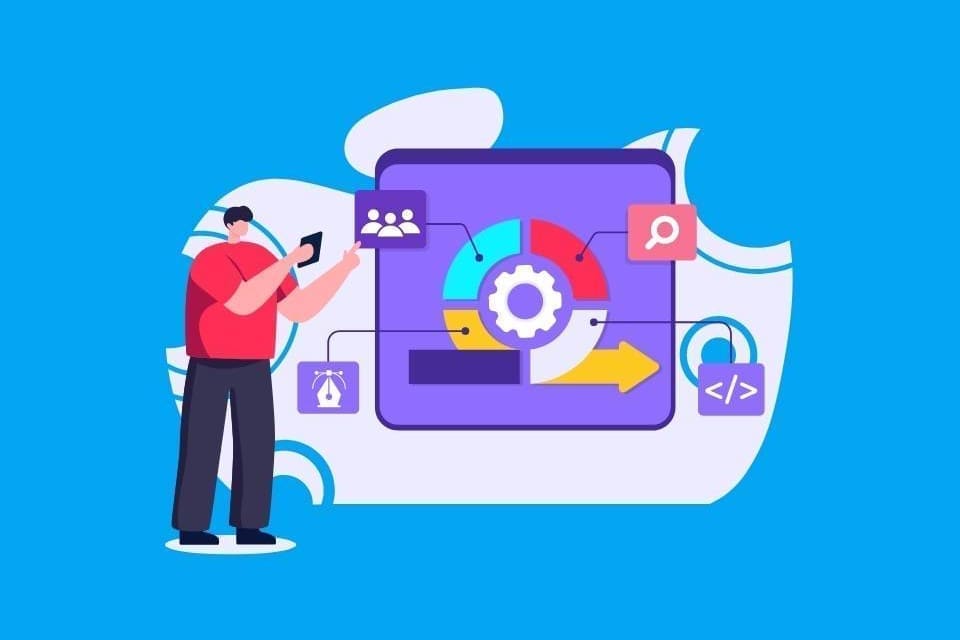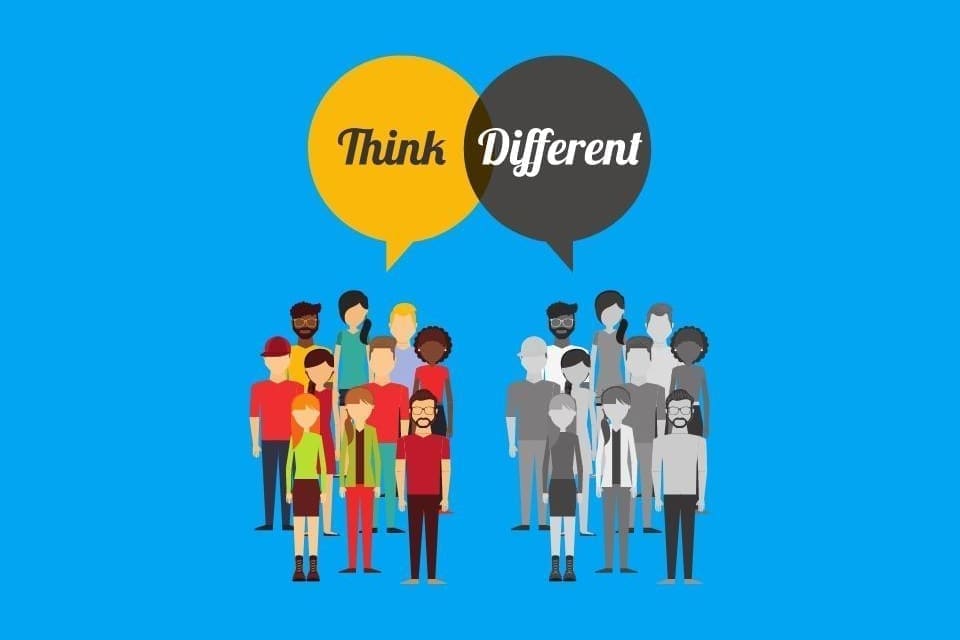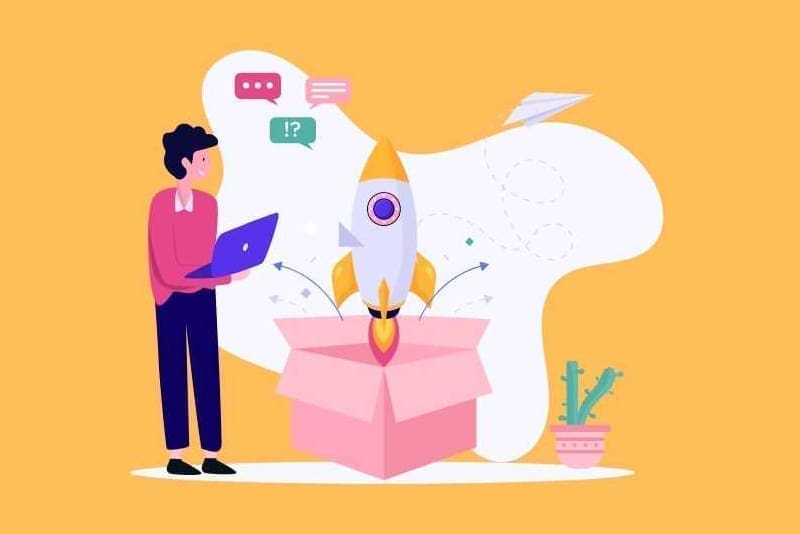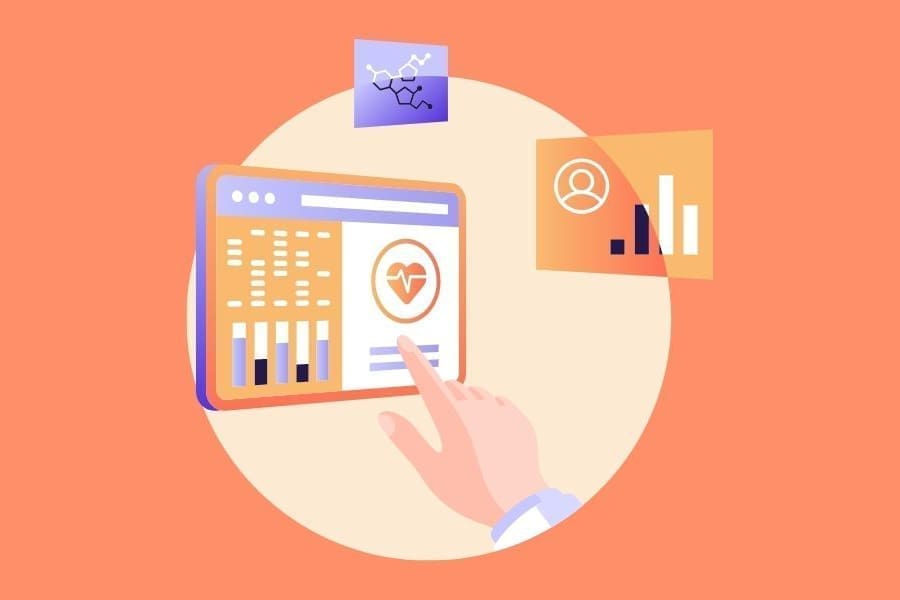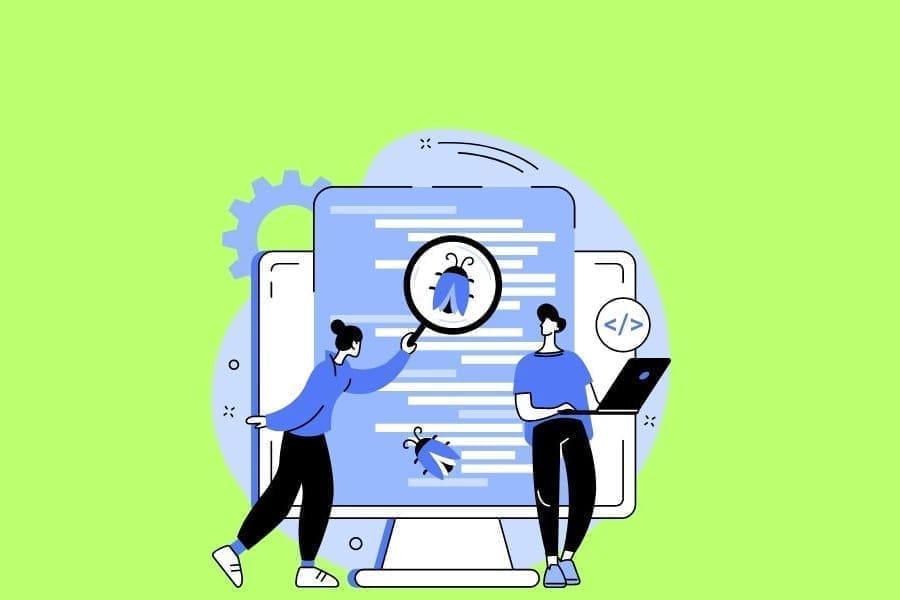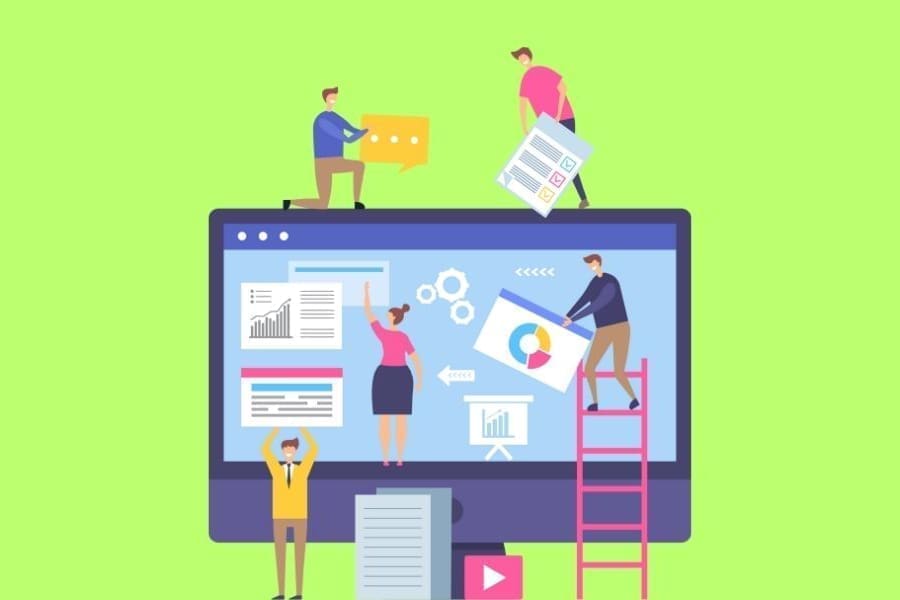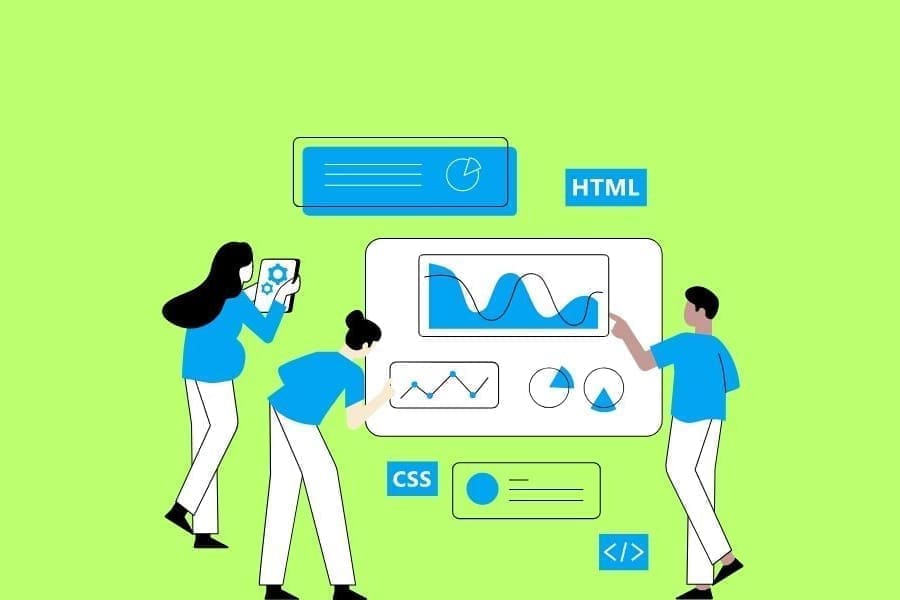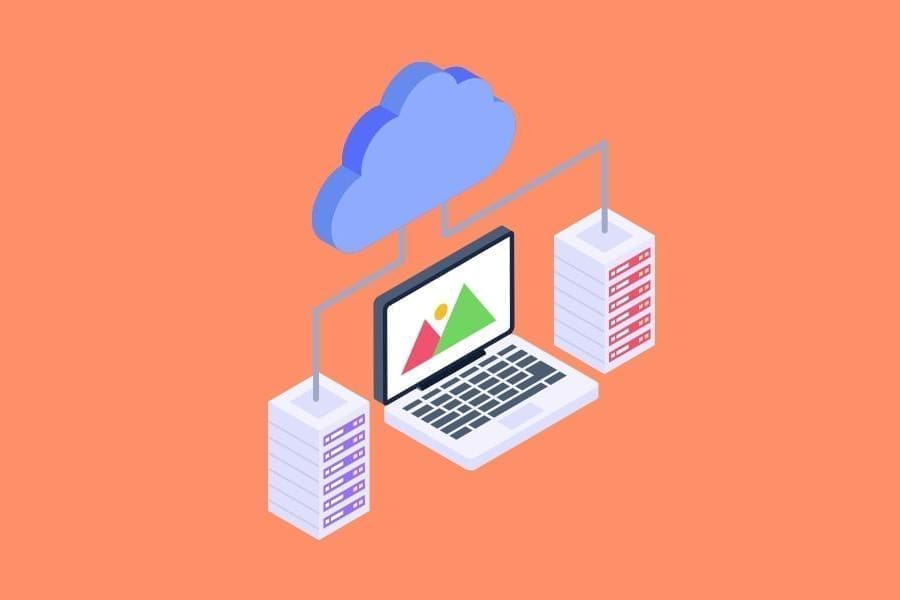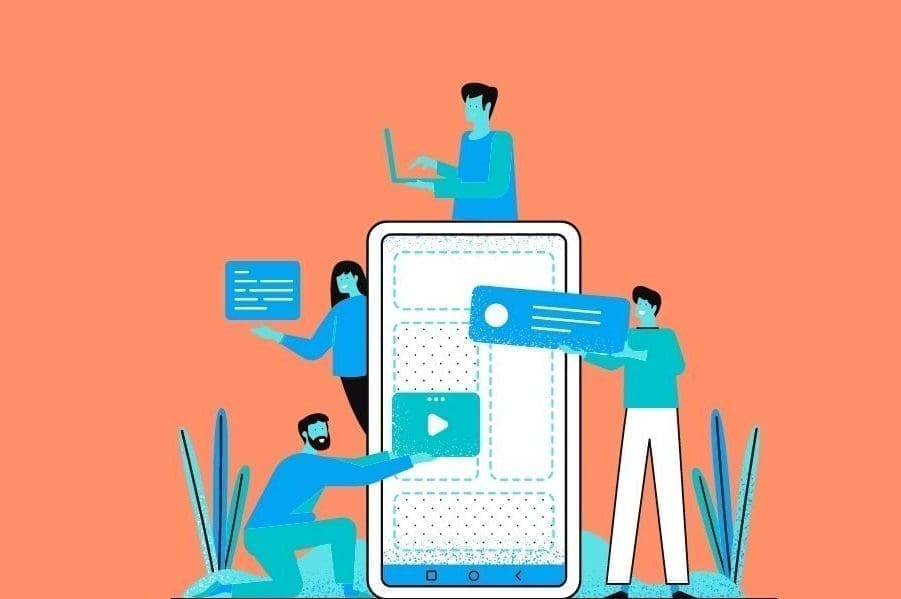- Understanding The User Stories.
- How User Stories Get Important for MVP Development
- MVP Development based on user stories
- Creating User Stories With Principles
- How To Write User Stories With Examples?
- Mapping The User Stories to Transform Concept Into An MVP.
- Why It Gets Crucial to Prioritize MVP Features.
- Defining An MVP’s Features
- Real-Life Examples of Successful MVP Launch
- Conclusion
The number of mobile applications in the present market has risen significantly, with each app trying to compete with the rest. With this rise in competition, the people’s (user) expectations have also soared to newer heights. Be it Web Apps, Mobile Applications, Websites or any other type of Software as a Service (SaaS), and products are becoming more user-centric and intuitive to use. The software development mindset has dramatically shifted from ‘First Product and Then Market’ to ‘First Market and Then Product.’
To understand what users may like in a software product, you need to understand what users need in a product. There are effective methodologies to find what customers would love to have in product features. One such technique is Minimum Viable Development (MVP), which helps the development team understand and develop regularly updated products based on user feedback.
The primary objective of developing a Minimum Viable Product is to form a product version in the minimum time possible without impacting the product’s actual relevance to the targeted clientele. Therefore, it is crucial to identify the user stories and secure them as a reference point. An MVP Development Company should ensure that product development remains parallel to updating user stories. Valuable insights from user stories can significantly help resolve problematic bottlenecks in MVP development.
At Intellinez, before initiating the MVP Development, we conducted a rigorous discovery phase divided into multiple workshops to discuss, brainstorm and organize everything vital for the project. Understanding the user stories acts as the pillar of the entire product development project.
Understanding The User Stories
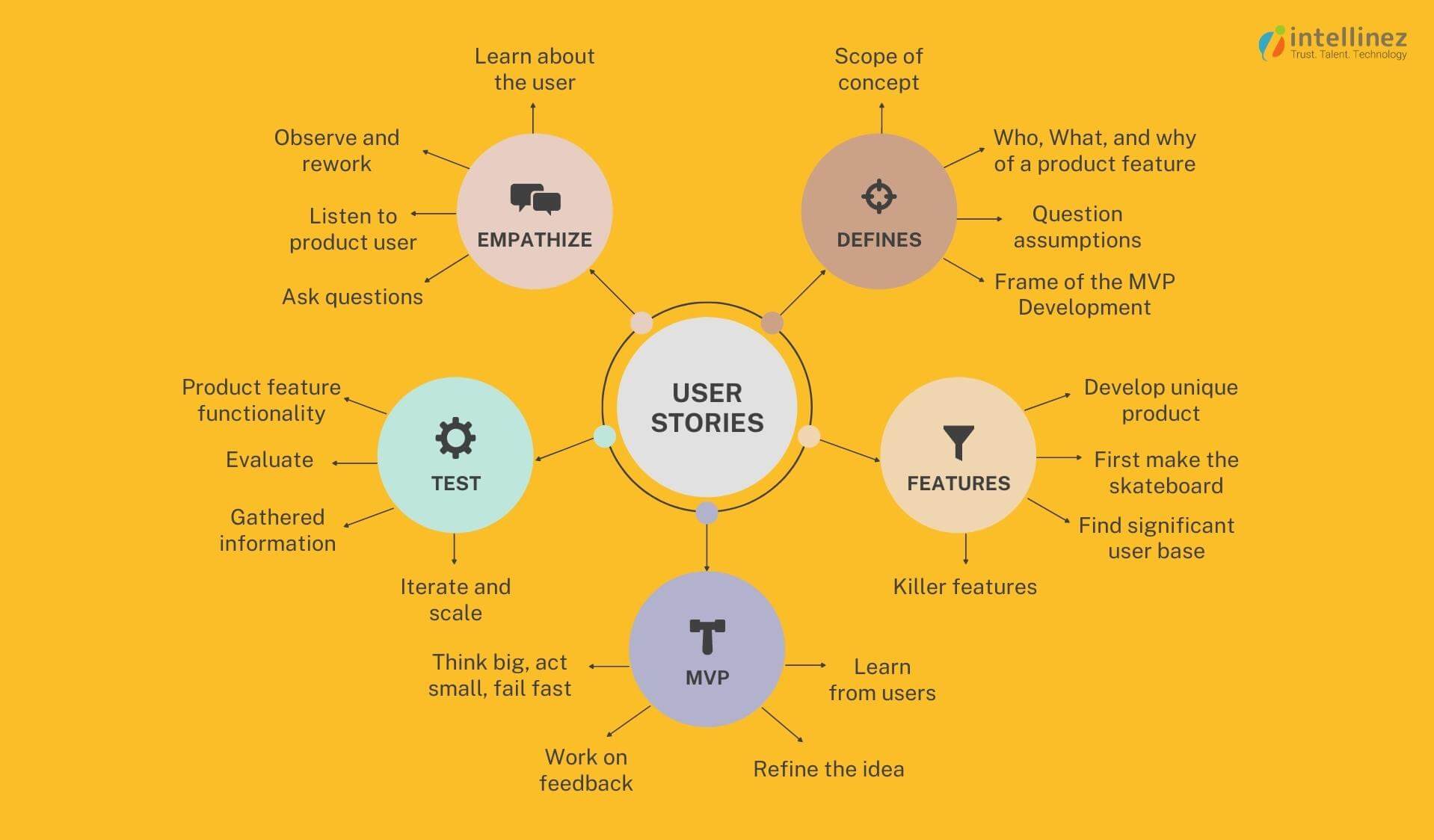
The new age of highly developed markets and truly remarkable customers have introduced a shift from quality revolution to value revolution. Product users have high expectations from what they invest their money into, so why not? After all, we are experiencing the evolution of technology. Successful products now stand synonymous with something that adds value to the life of users. It is a compilation of multiple features that sync to each other in a way that would bring the ultimate customer satisfaction. When you know the importance of picking the right set of product features, you may ask how to do so. The perfect answer lies in the user stories.
Gathering User Stories is a method to add value to the business by gaining insights into user perspectives towards the product or service offered in the market. It is in a descriptive form on a digital or a paper card. An experienced MVP Development Company uses multiple forms of templates for user stories.
How User Stories Get Important for MVP Development
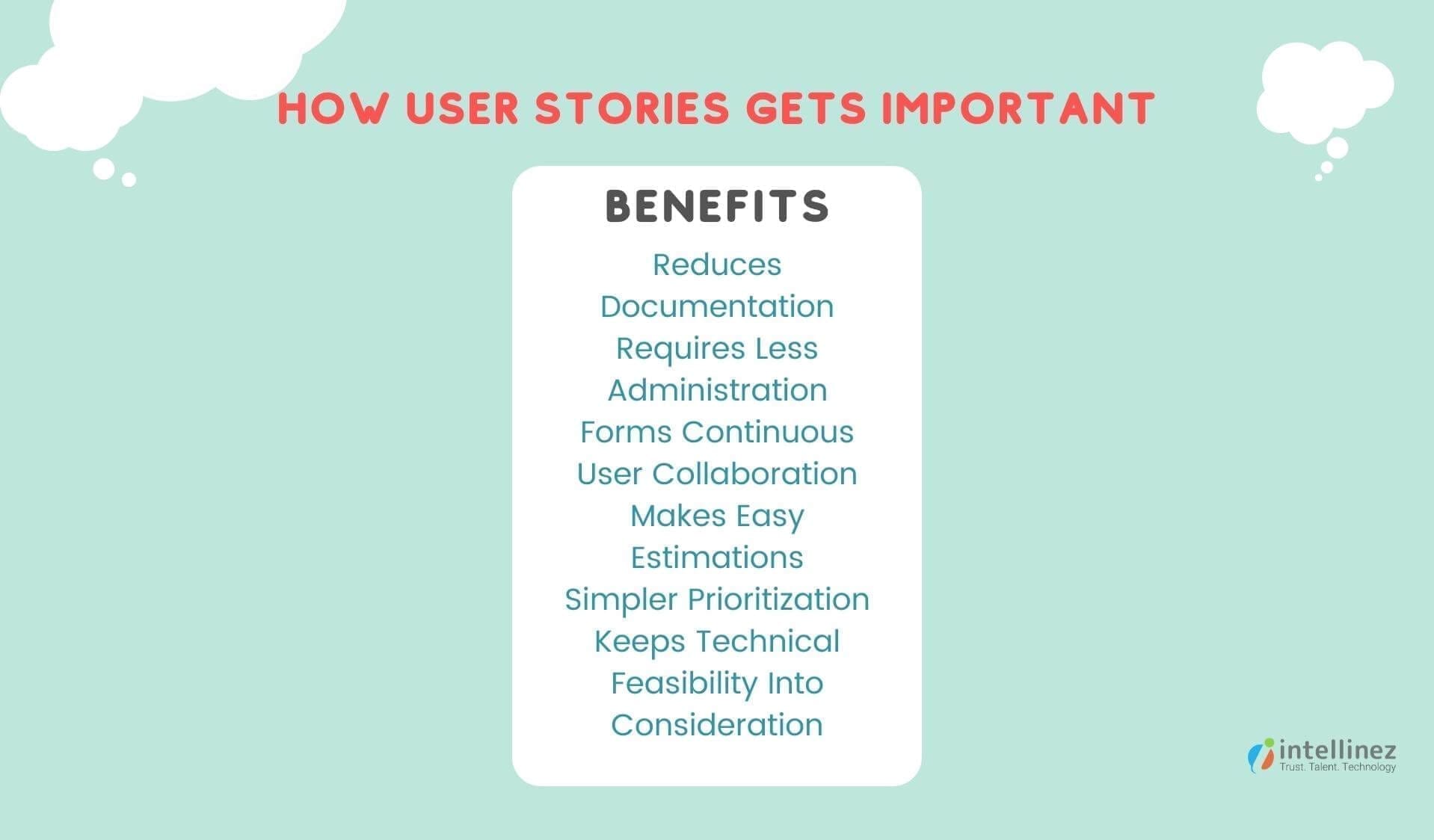
Gaining insights from the user stories for developing an MVP is similar to the idea of reverse engineering. Working as an MVP Development Company, we need to start with the product outcome, its ability to resolve an existing problem, and how similar products have performed to meet customer expectations.
If you do not refer to the user stories, you may create an application that no one in the market requires. It will unnecessarily waste your money, time, and employees’ effort. This is why user stories become an essential aspect of developing a successful Minimum Viable Product. Let’s understand more about the advantages of creating an MVP with user stories:
- Reduces Documentation
- Requires Less Administration
- Forms Continuous User Collaboration
- Makes Easy Estimations
- Simpler Prioritization
- Keeps Technical Feasibility Into Consideration
MVP Development based on user stories
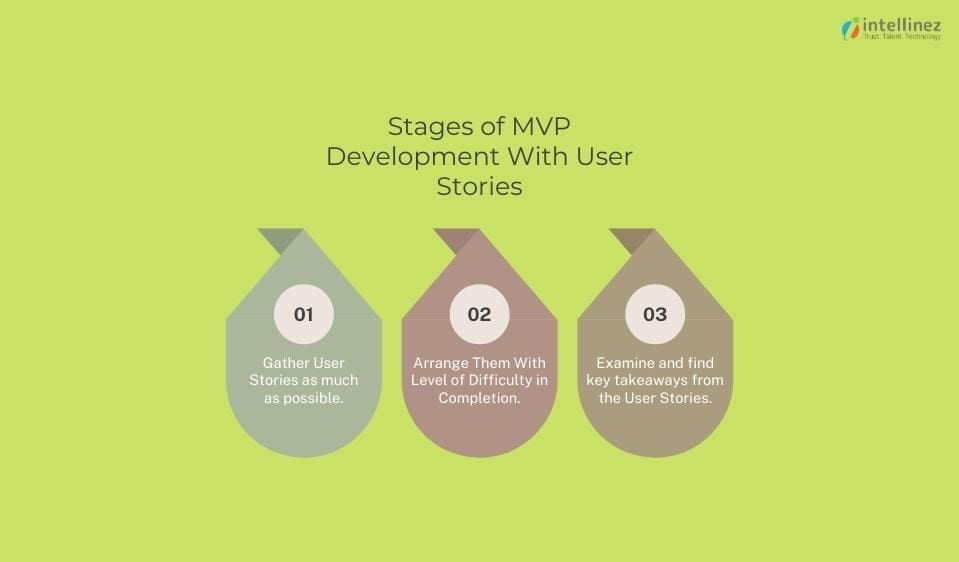 MVP Development based on user stories can be classified into three stages as mentioned below:
MVP Development based on user stories can be classified into three stages as mentioned below:
- Stage 1: Gather User Stories as much as you can. Make sure that they are resourceful for the MVP Development. While gathering user stories, one must also remember that each level selected brings some valuable product features.
- Stage 2: Organize user stories at the level of their difficulty of execution and in the order of their priority. An MVP Development company may arrange such settings based on product requirements, deadlines, or targeted user base.
- Stage 3: Examine the user stories selected, find key takeaways and use them as features in the MVP.
Creating User Stories With Principles
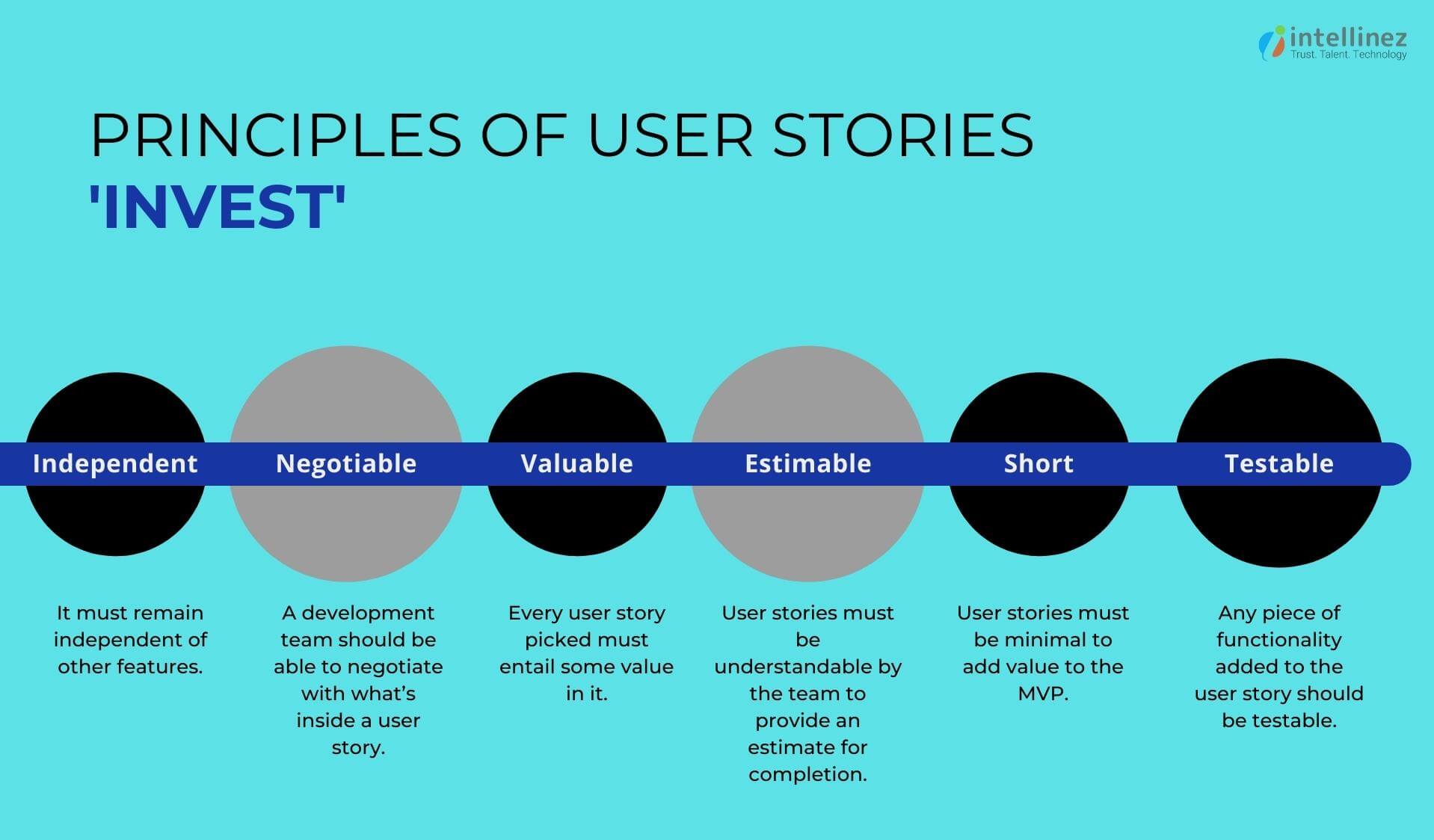
Talking about Agile Methodology, anybody can write a user story. However, it is best if the feedback comes from the Product User because they will be able to identify whether the user stories are on genuine expectations.
To able to find some great user stories, you must understand the below-mentioned principles of writing a user story:
- Independent: A product feature should not get on hold or be due for testing because of other features. Therefore it must remain independent of other features.
- Negotiable: A product development team should be able to negotiate with what’s inside a user story. Unlike traditional methods, the Agile Approach allows the development team’s involvement in creating user stories.
- Valuable: Every user story picked by an MVP development company must entail some value in it. We can ensure a reliable RoI (Return on Investment) with the added product features.
- Estimable: User stories must allow an MVP development company to understand the details and provide an estimate for completion.
- Short: User stories must be minimal so that when utilized, it quickly adds value to the MVP.
- Testable: Any piece of functionality added to the user story should be testable independently.
How To Write User Stories With Examples?
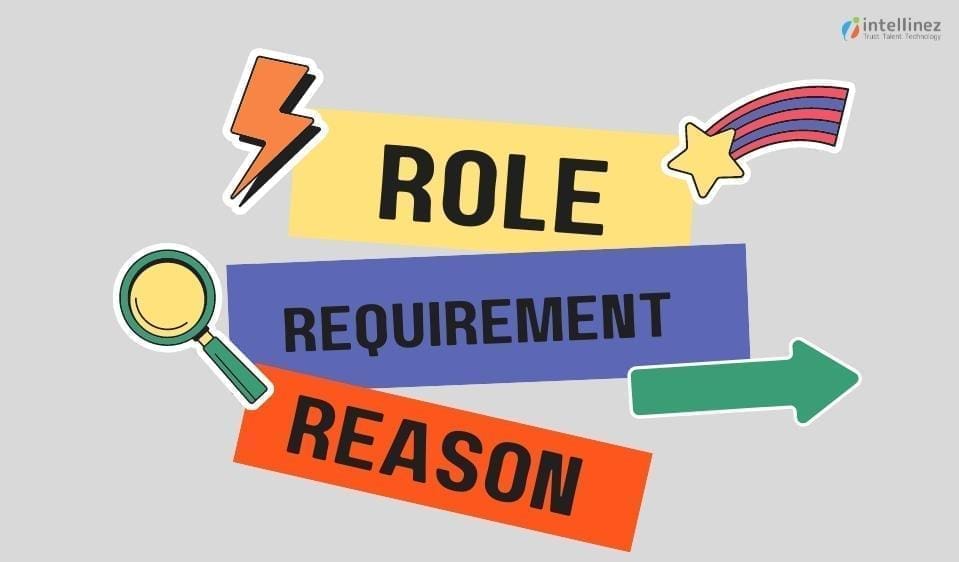 Typically, user stories are written on a three by 5 (inch) card. While writing user stories, you must keep in mind the concept of the three R’s
Typically, user stories are written on a three by 5 (inch) card. While writing user stories, you must keep in mind the concept of the three R’s
- Role: Indicates the type of user who has the Requirement
- Requirement: This section reveals the goal intended by the user type
- Reason: This reflects the value it will bring to the user and the product development company.
Example of a user story
Template:
As a [Role]
I need [Requirement]
So that [Reason]
Real-life Example:
As an Instagram user, I need to publish a post simultaneously on Facebook and Instagram so as not to have to upload the same post twice.
Mapping The User Stories to Transform Concept Into An MVP
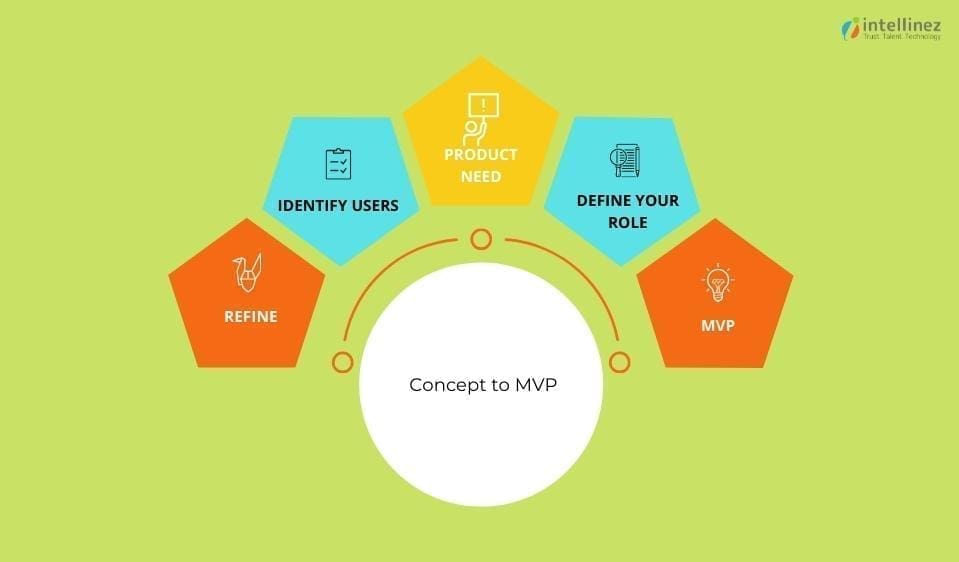 Mapping user stories is one of the most significant methodologies for reducing and redefining the project/product flow. However, user stories are not limited to being applied as a tool for backlogging a big project. These user stories can also refine an idea or concept for a product.
Mapping user stories is one of the most significant methodologies for reducing and redefining the project/product flow. However, user stories are not limited to being applied as a tool for backlogging a big project. These user stories can also refine an idea or concept for a product.
Refining The Product Idea
Take the product and ask your development team these questions:
- What is the idea in general?
- Who are the product users?
- Why do they need such a product?
- Why are we developing this product?
Once you have gathered answers to these questions, try to understand what the product is for, validate the reasoning, find problems users face, and take steps to refine the idea.
Build Your Product With Aim to Learn
The initial form of a minimum viable product is to learn and cover the product users’ simple basis. An MVP development company, at this stage, does not market the product; instead, they bring it to a small group of users. These are users reached initially, sparking the product idea.
This stage allows you to harvest the user feedback and regularly refine the product idea. Before we put forth the instructions for the product development team, we must make sure that we listen to what the user wants.
The feedback providers are into the following categories.
- The Polite Enablers: Users who do not use the product but say everything is good.
- The Complainers: They use the product and provide valuable feedback and demands for the product features.
- The Mute: They use the product but do not provide feedback.
Among all, the polite enablers are the ones who add no value to the product’s aim to learn. At the same time, the Complainers are the favorite product users who bring valuable insights for product development. However, one must also stay careful with the complainers and not detract from features that, in reality, do nothing useful.
The Mute users can be reached and asked for product feedback. In some cases, they can also be offered rewards.
Common Pitfalls While Mapping User Stories
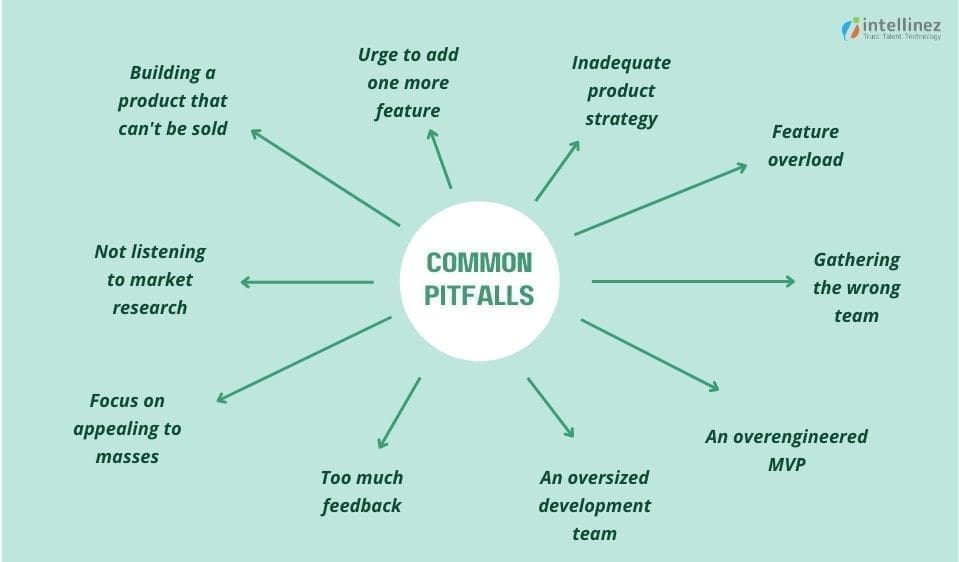
There are many pitfalls to which new projects or products fall while developing their story map and MVP. Let’s understand the points below:
One more feature: Sometimes, zeal to reach perfection in the early stage can hurt your project. While designing a product in its initial phase, sometimes focusing on adding features may bloat the initial idea and increase the overall time.
First, make a skateboard: Let’s go with the example of manufacturing a car. To provide an MVP for commuting, we cannot ship a car’s wheel. The development of an MVP is about delivering a product that adds some value and not everything. In the case of car manufacturing, one may first design a skateboard that helps users get someplace at least. One must not get into the trap of developing parts with no method to go.
This concept of common pitfalls with mapping user stories is profoundly illustrated by Henrik Kniberg in his article, “Making sense of MVP.”
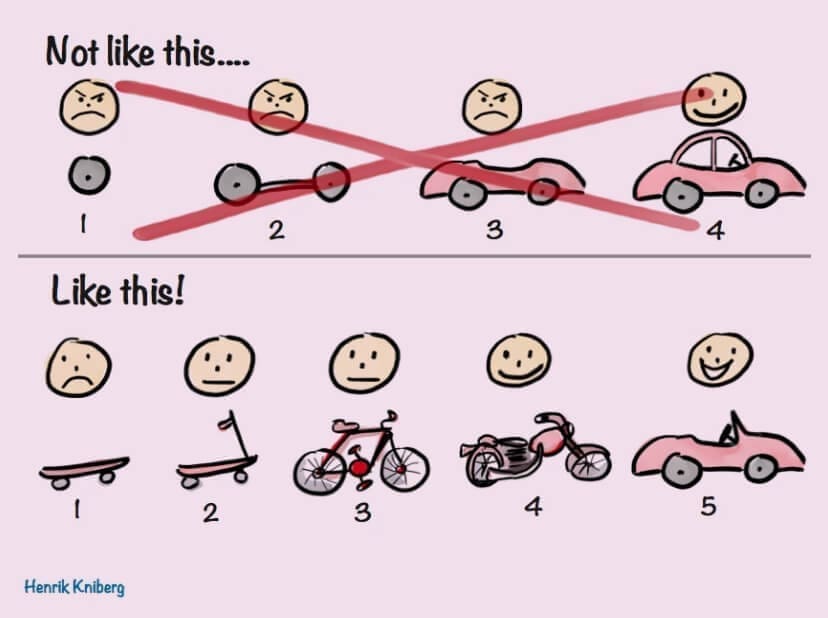
Image Credits: Henrik Kniberg
Why It Gets Crucial to Prioritize MVP Features
The functionalities of an MVP can not be based purely on one’s intuition. It requires thorough research and analysis to list some MVP features that provide a solution for the urgent needs of potential product users. Let’s find out the primary reasons why you should prioritize your MVP features:
- To Develop A Unique Product
- To Bring The Product That’s High in Demand
- To Create A Product That Achieves Business Goals
- Develop A Significant User Base With Reduced Time-to-Market
Defining An MVP’s Features
A good MVP development company must carefully define the features covering the user’s needs. The below-mentioned steps can tell you more:
- Identification of Target Audience
- Understanding The Problems Faced By Users
- Make a Strategy For How Your Product Can Be The Solution
- Find How Present Users Find An Alternative Solution
- Learn More About Your Direct Competitors
- Also, Work On Your Indirect Competitors
- Define Key (Killer) Features
- Develop An Uncommon Value Proposition
- Have A User-Centric Mindset
Real-Life Examples of Successful MVP Launch
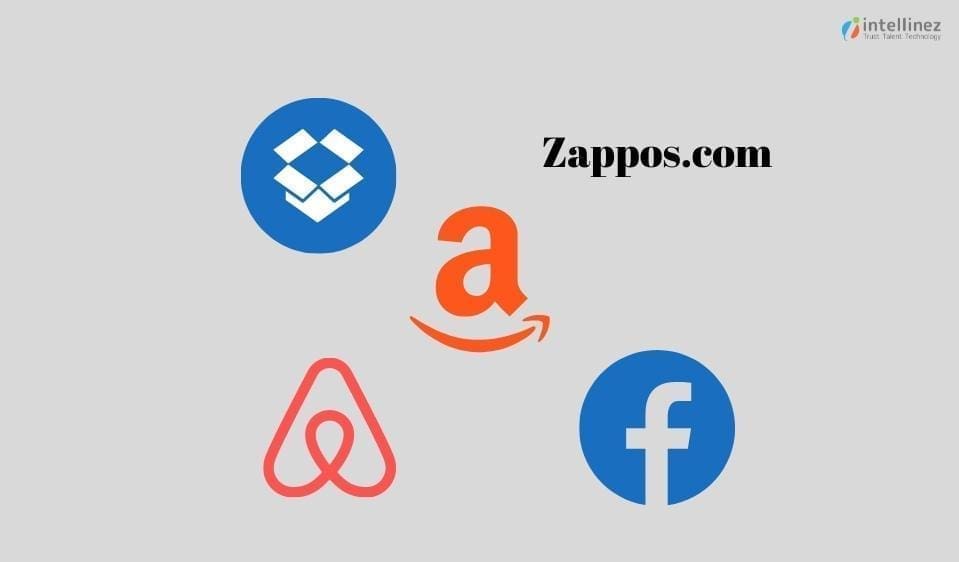 Coming to some phenomenal products that were initially launched as an MVP but later soared to the heights of impeccable success, let’s find below a list of some highly successful MVP launches:
Coming to some phenomenal products that were initially launched as an MVP but later soared to the heights of impeccable success, let’s find below a list of some highly successful MVP launches:
- Amazon: Jeff Bezos started it as an online bookstore. The website identified the user’s need for getting products at their doorstep. From a list of 20 different product options, Bezos shortlisted five for the initial launch. These were books, Software, videos, computers, and accessories.
- Airbnb: Started with their house by building a platform for room-exchanging, and now it’s an $85 million company.
- Dropbox: Today, it’s well-known that Dropbox is a cloud storage platform for keeping digital files, but it didn’t start by developing an architecturally complex app. They started their company by simply introducing an explanatory video for their product concept.
- Facebook: Mark Zuckerberg’s initial thoughts were to develop an application that connects everyone on the college campus. Today it connects over 2.85 Billion people globally.
- Zappos: Today, it’s a marketplace for purchasing branded shoes and clothing. However, back in 1999, it wasn’t easy to find if the customers would prefer to buy shoes over the internet. To check this hypothesis, the company’s founder Nick Swinmurn came up with an MVP idea called ‘Wizard of Oz.’ He went to shopping stores in the San Francisco region, took pictures of shoes available, and published them as available products on his website. Upon order booking, he would personally visit the store, purchase the shoes, and ship them to the customer. This way, Swinmurn could validate his idea of selling shoes online.
Conclusion
When developing an MVP, a product development team should emphasize what may delight your upcoming product users. There has to be a thorough analysis and well-aimed approach to prioritize features required by the product users. An experienced MVP development company has it all to understand the user expectations with the product and can develop the product in gradual practical prototypes, starting with the skateboard concept. Do you have any doubts about establishing an MVP with user stories? Please do not wait to get in touch.
FAQ
There are the following three stages:
- Stage 1: Gather User Stories as much as you can.
- Stage 2: Organize User Stories basis their level of difficulty of execution.
- Stage 3: Examine User Stories Selected, find key takeaways and use them as features in the MVP.
To able to find some great user stories, we must understand that a user story must be:
- Independent
- Negotiable
- Valuable
- Estimable
- Short
- Testable
Right here, we got you covered at Intellinez.
Template for writing a user story:
As a [Role]
I need [Requirement]
So that [Reason]
The feedback providers are into the following categories.
- The Polite Enablers: Users who do not use the product but say everything is good.
- The Complainers: They use the product and provide valuable feedback and demands for the product features.
- The Mute: They use the product but do not provide feedback.
Below are the primary reasons why you should prioritize your MVP features:
- To Develop A Unique Product
- To Bring The Product That’s High in Demand
- To Create A Product That Achieves Business Goals
- Develop A Significant User Base With Reduced Time-to-Market
Find below a list of some highly successful MVP launches:
- Amazon
- Airbnb
- Dropbox
- Zappos
Software Development Services
With Our expertise in Software Development, we can create Custom and Enterprise solutions for multiple platforms ranging from web and mobile to the cloud. We also specialize in SaaS Development, UI/UX services, QA Testing, System Integration and API Development.
